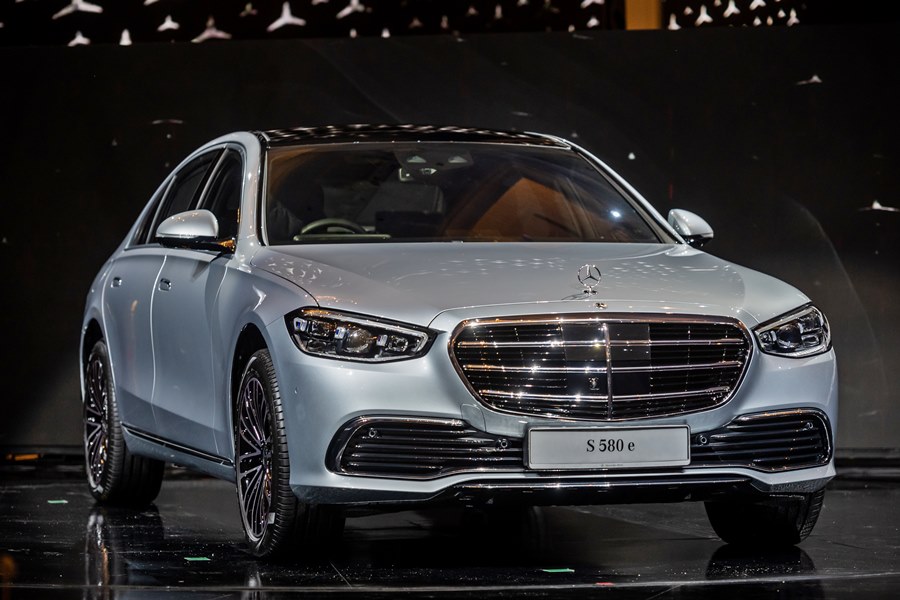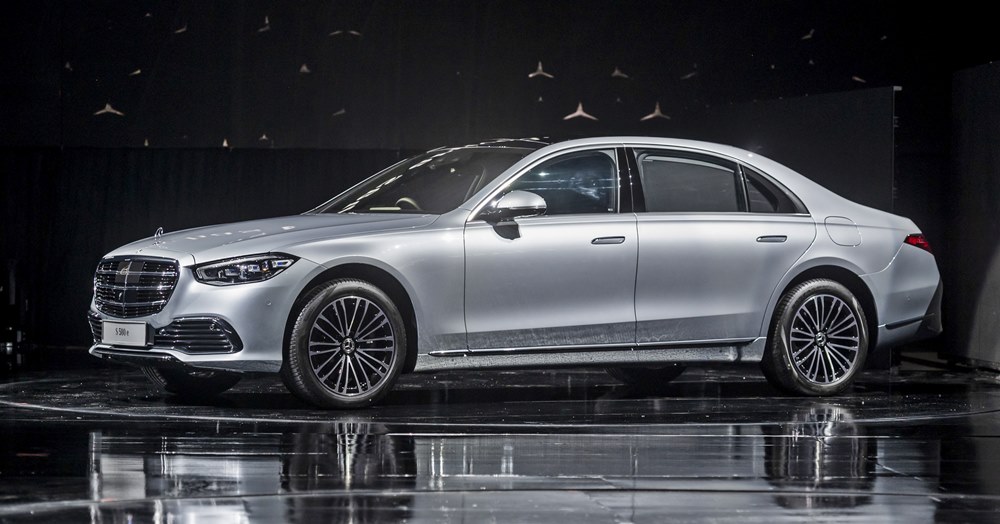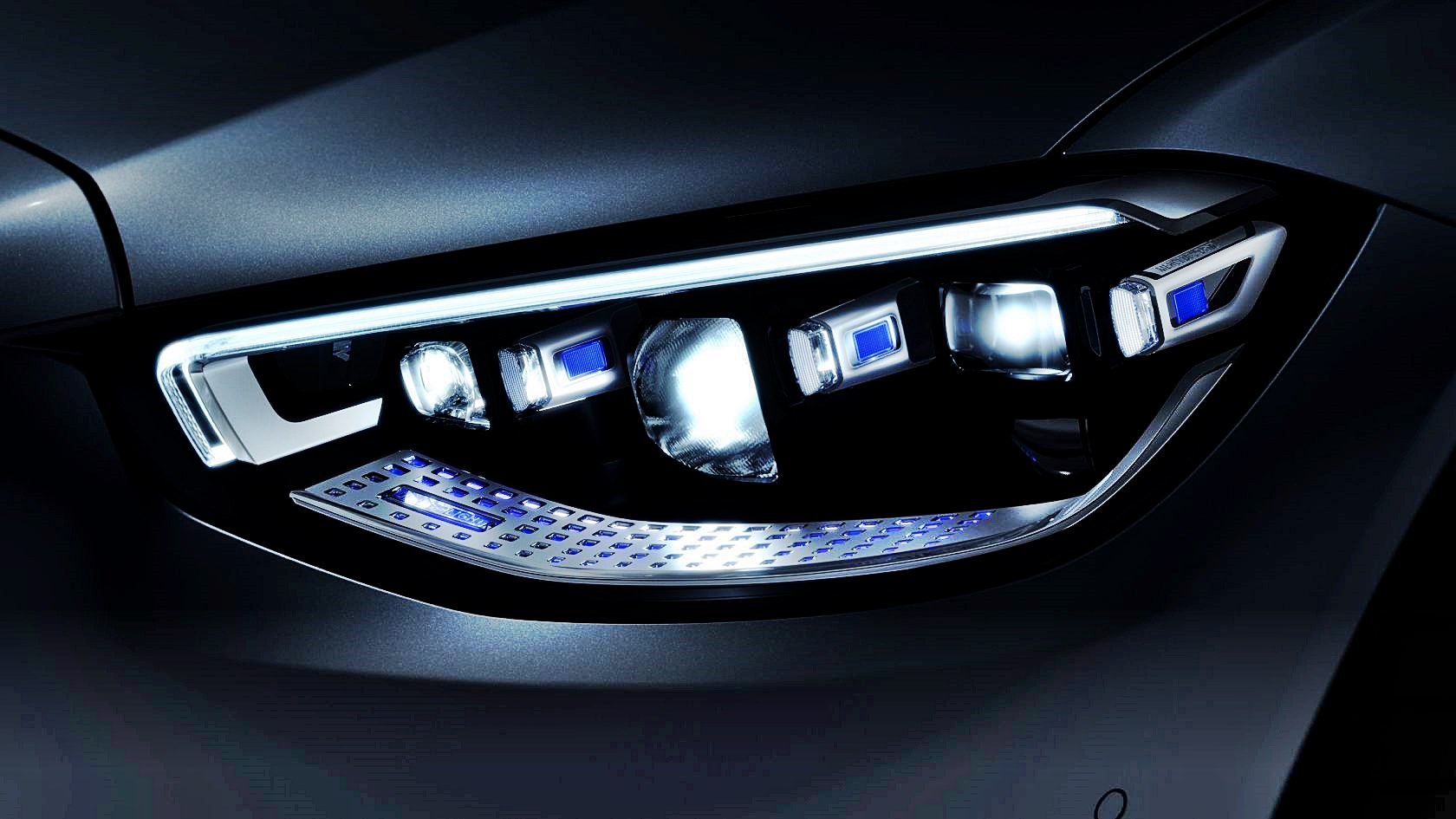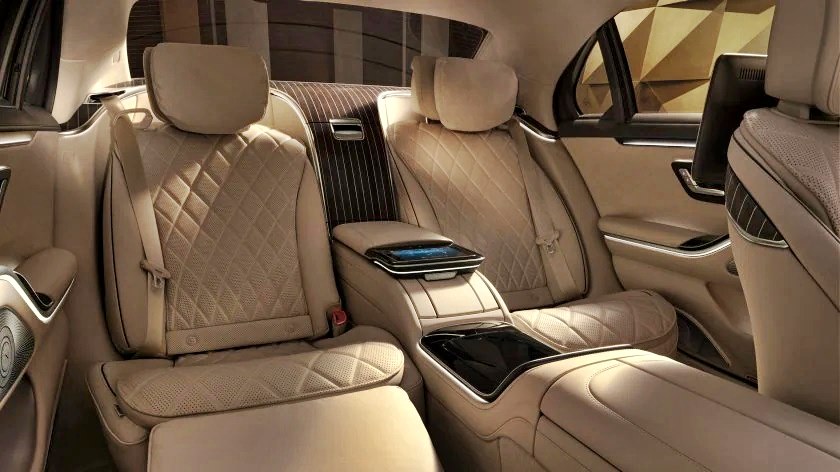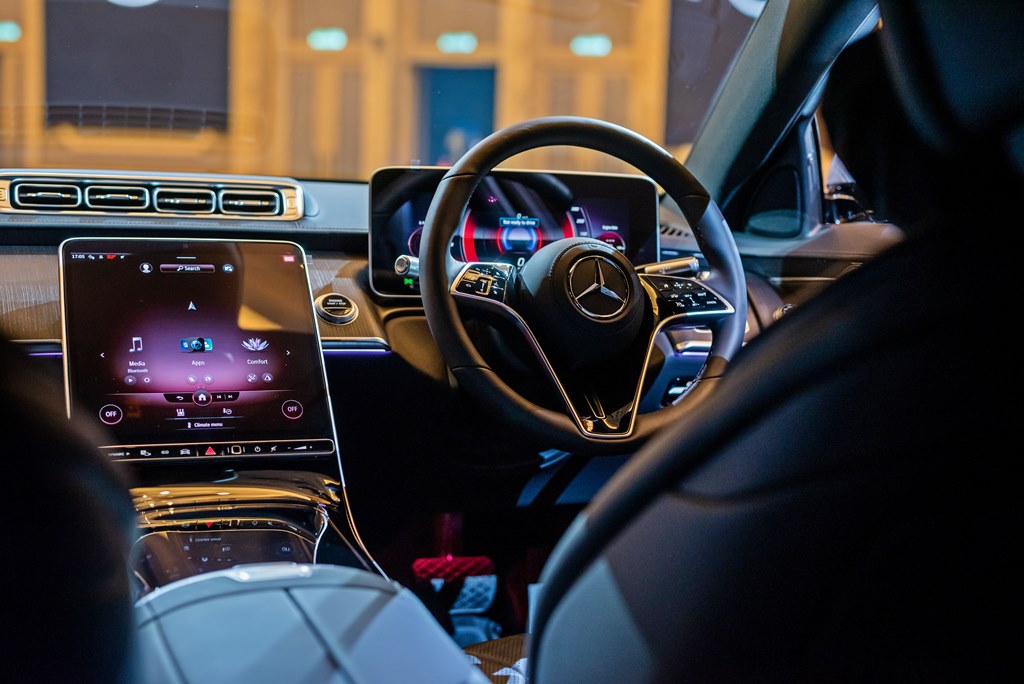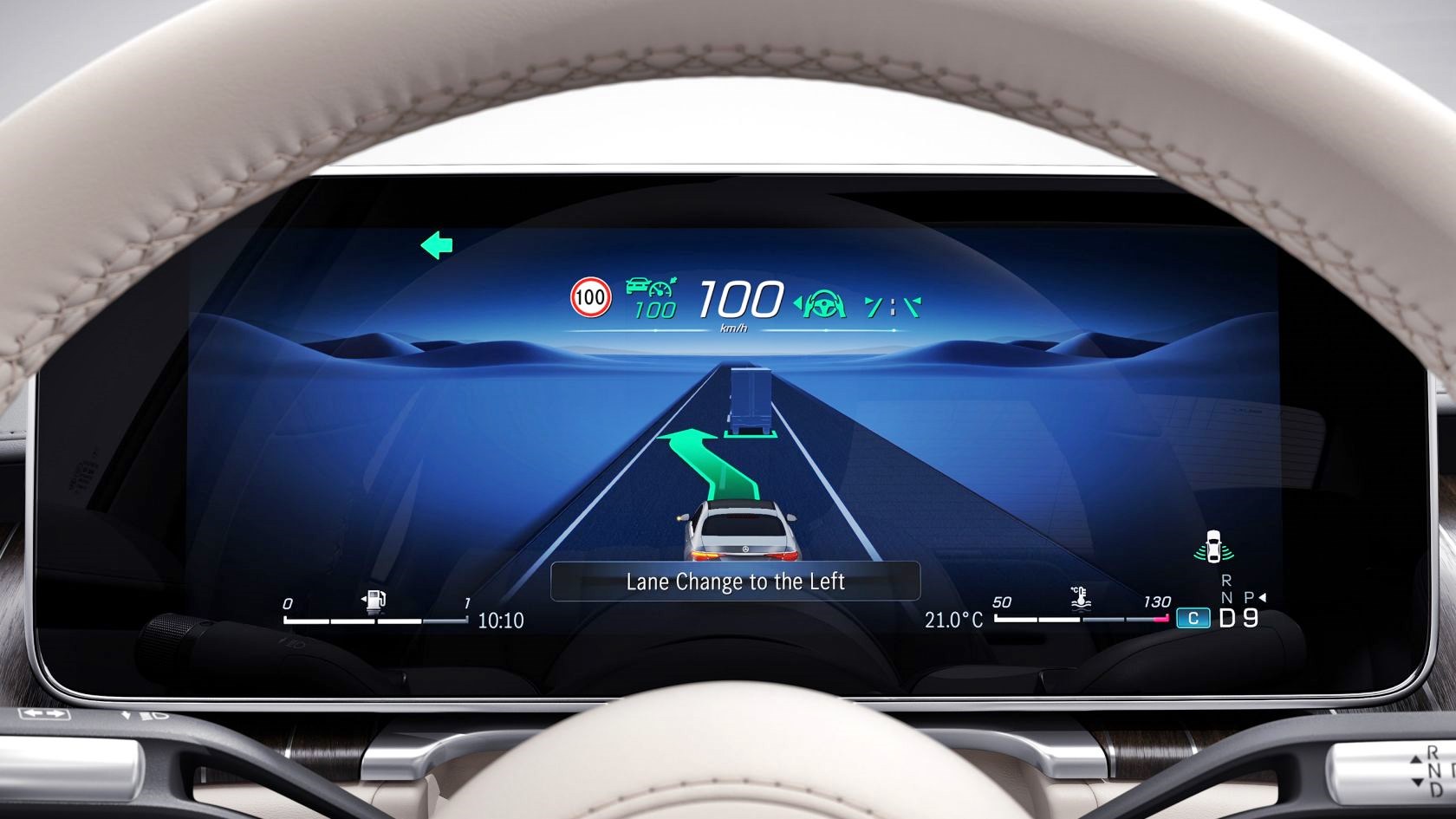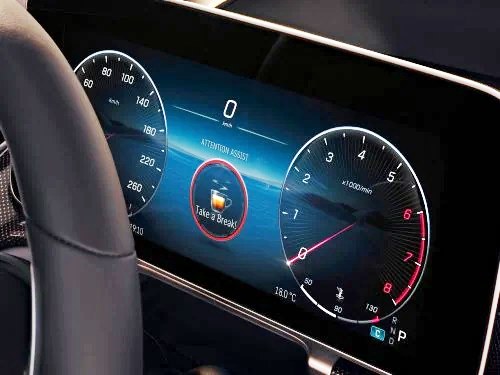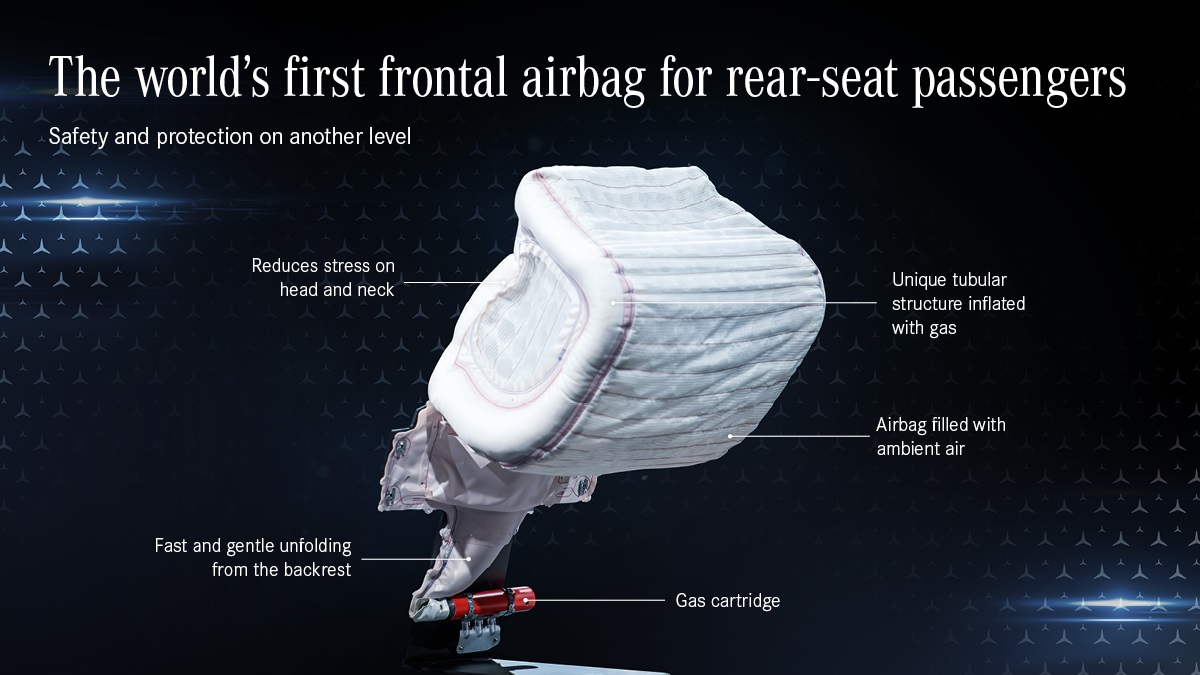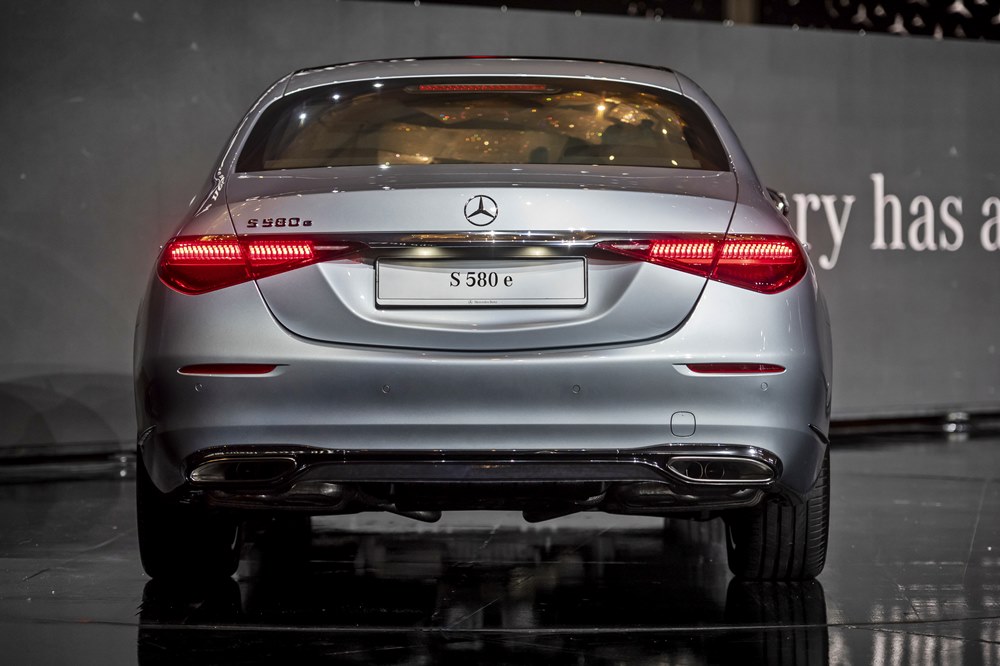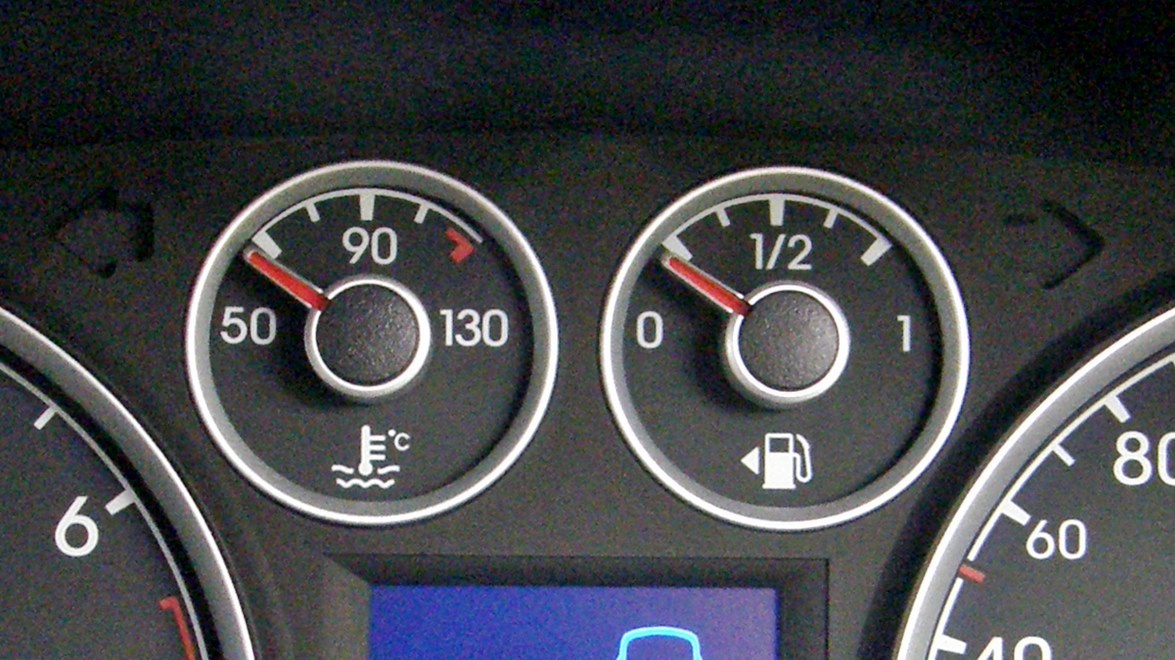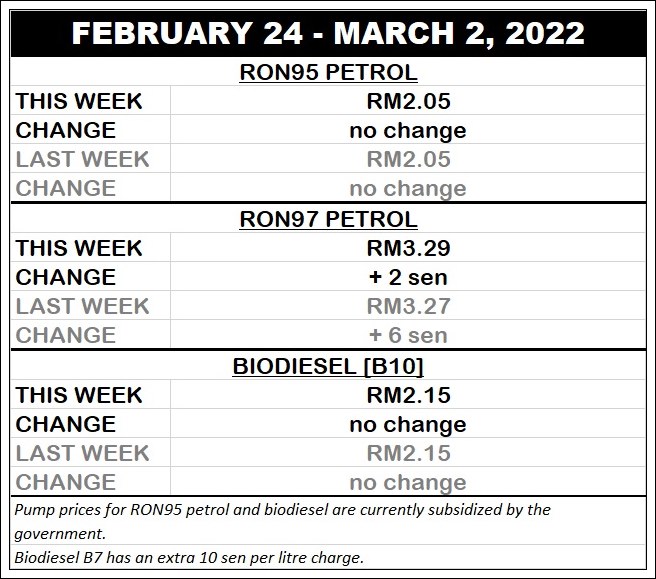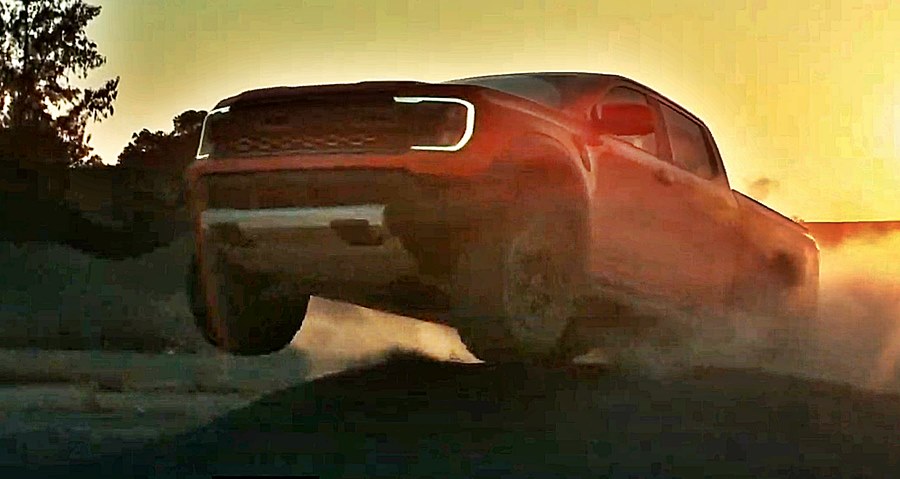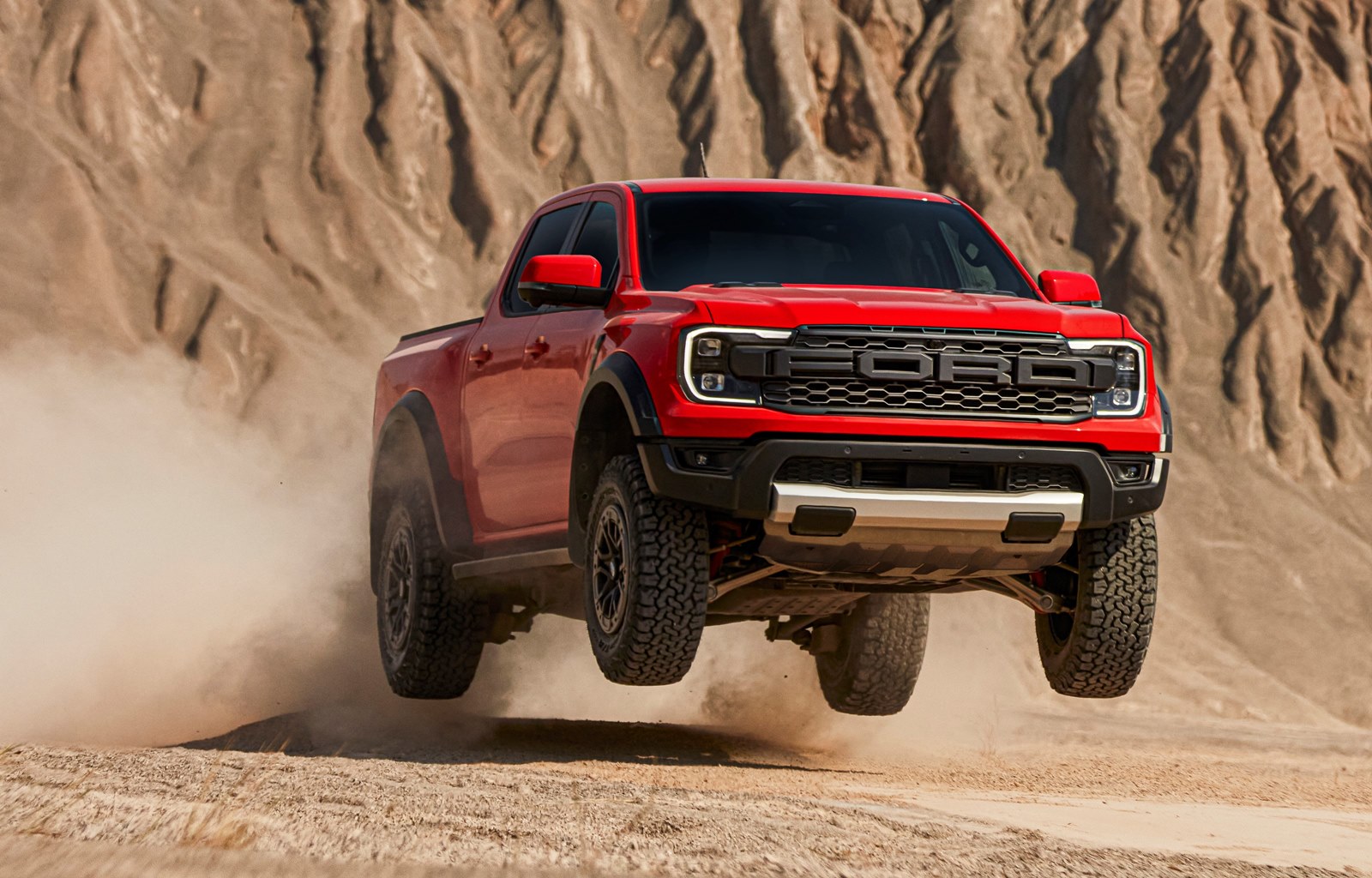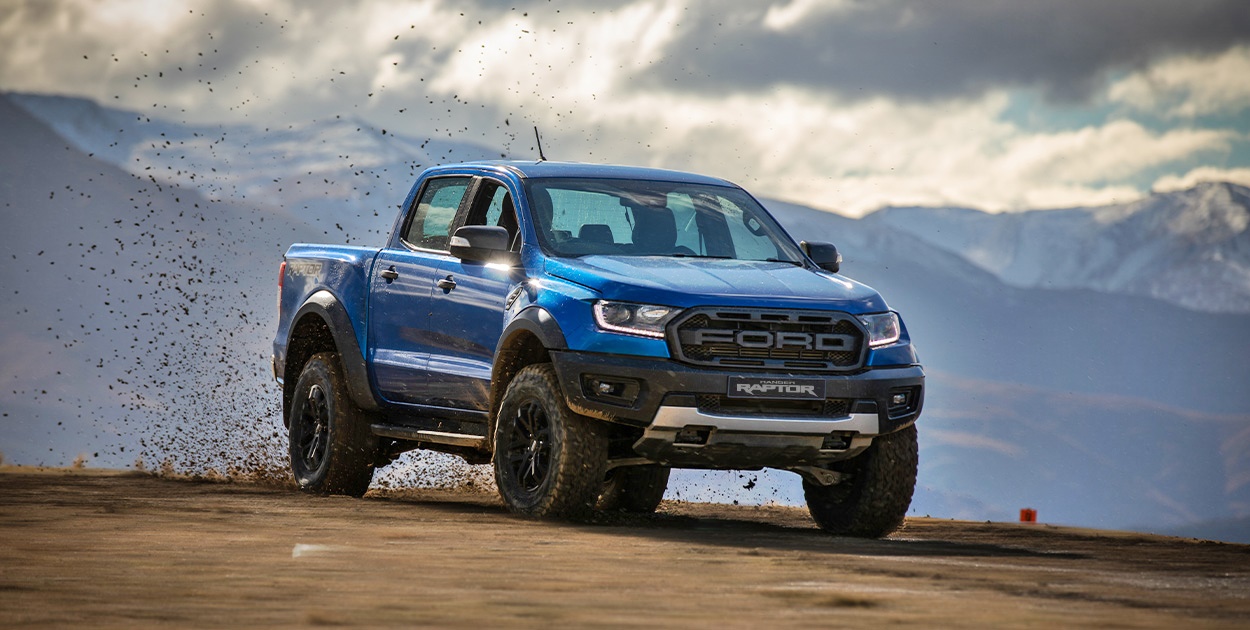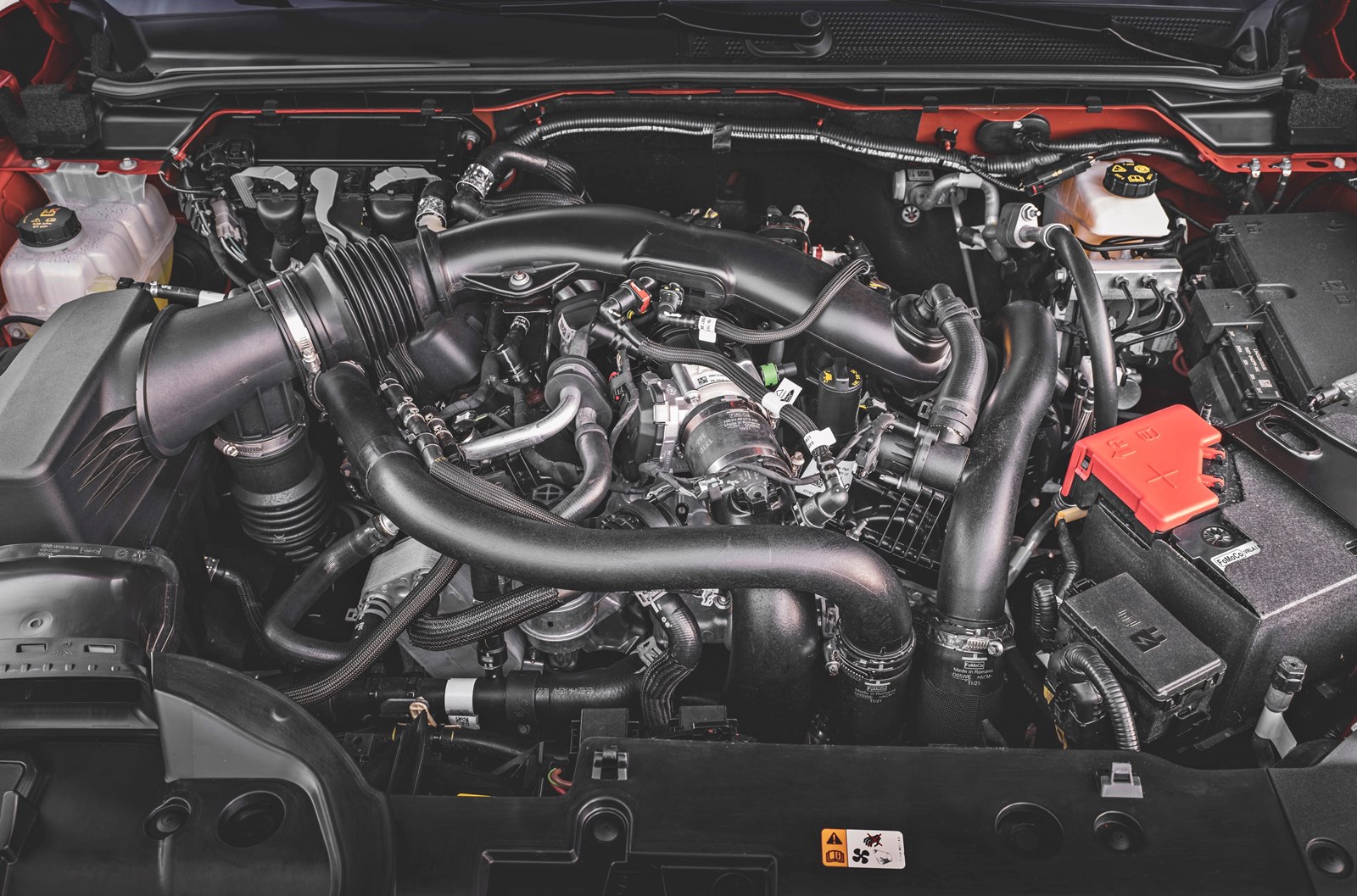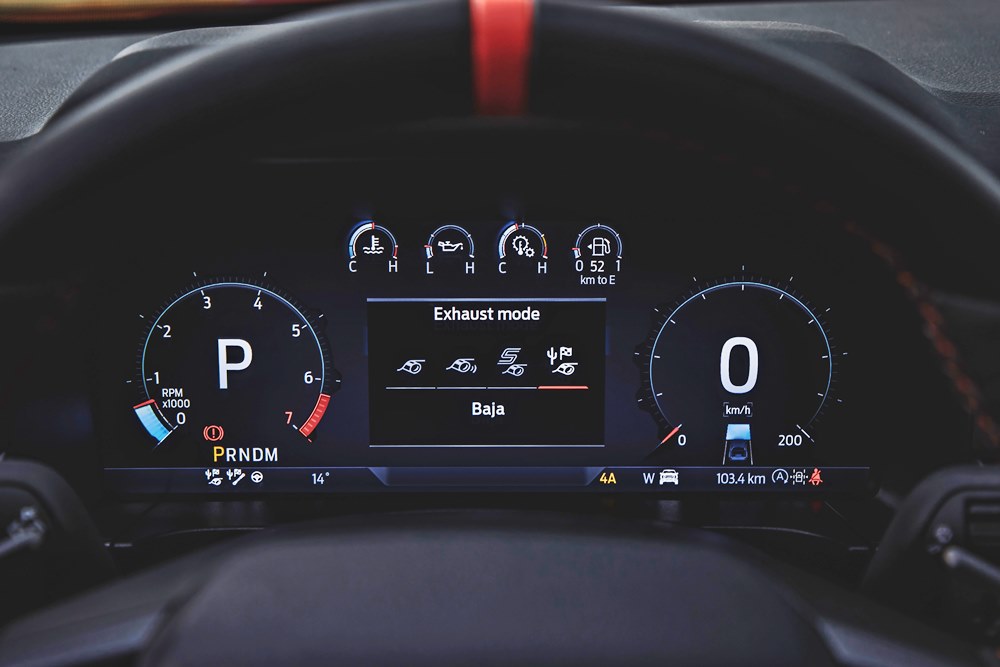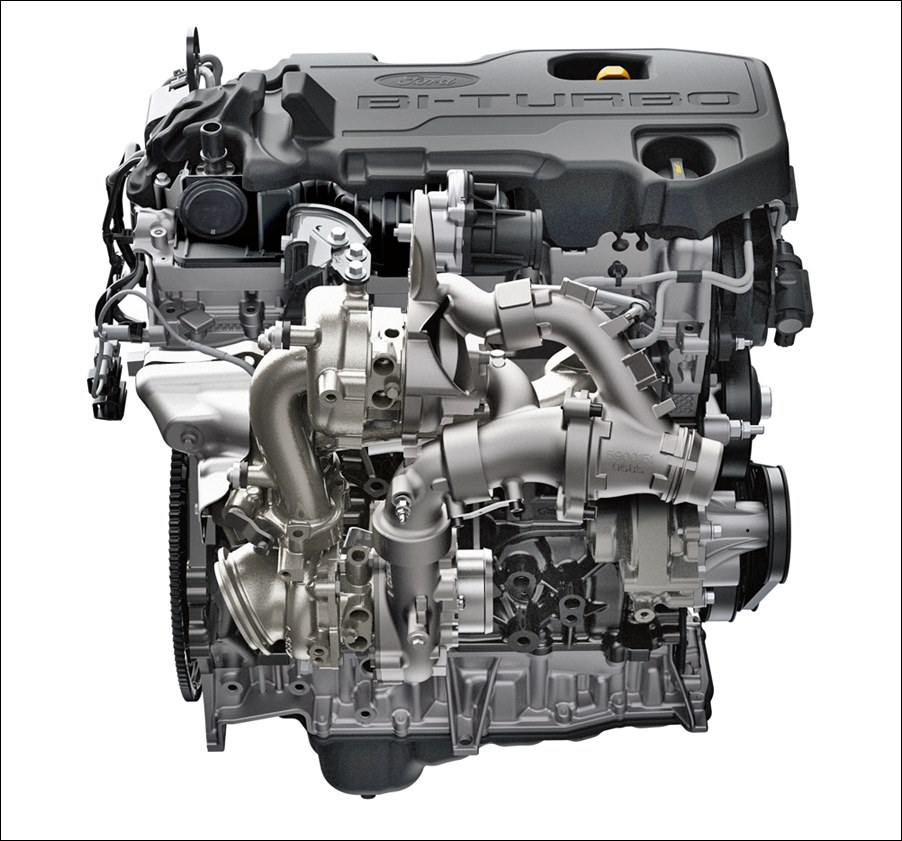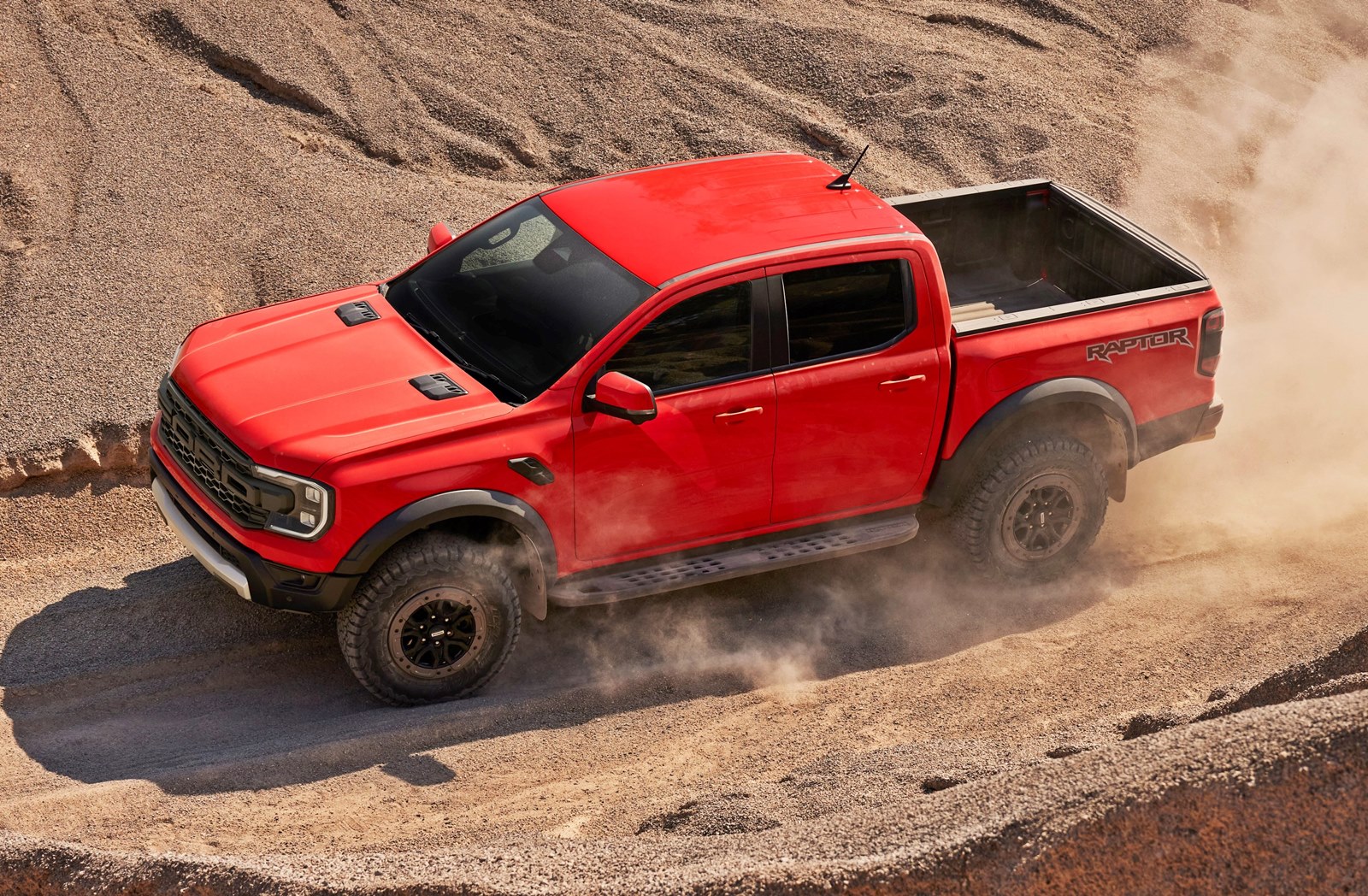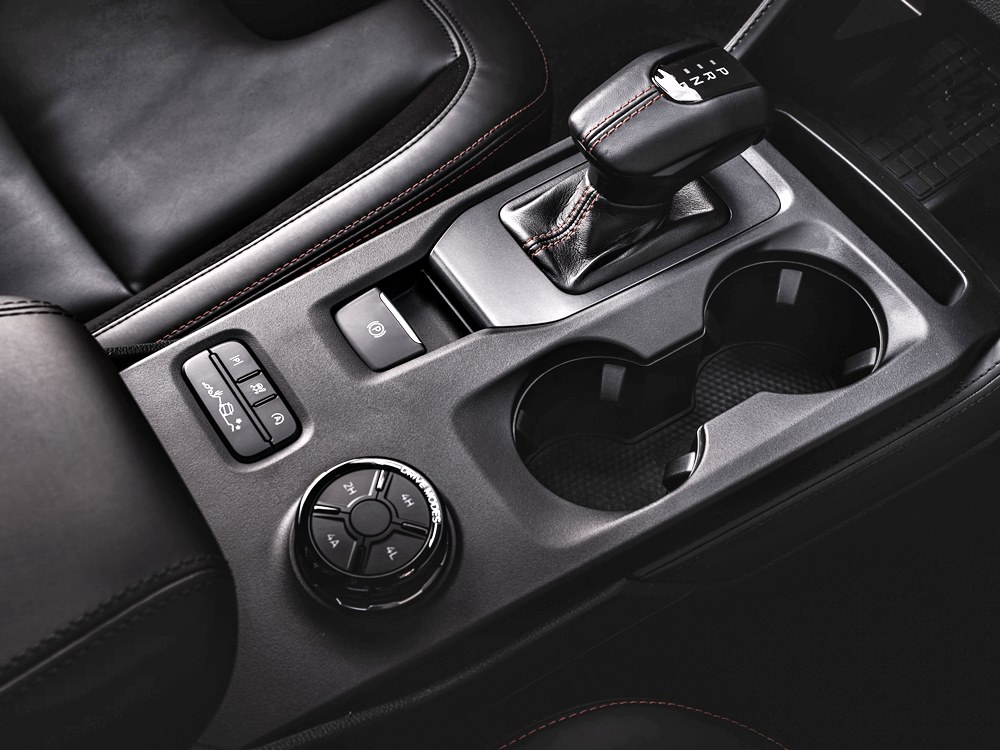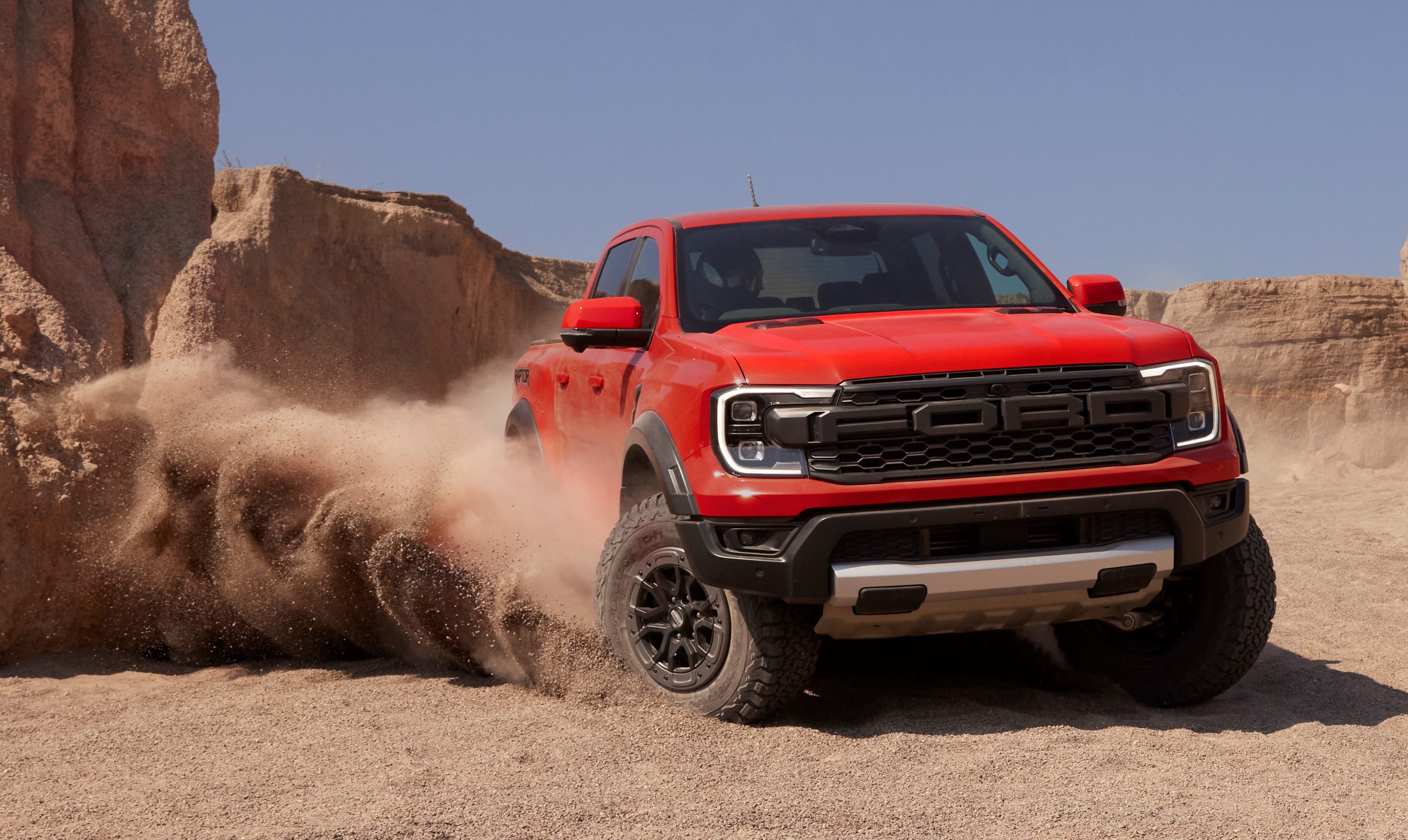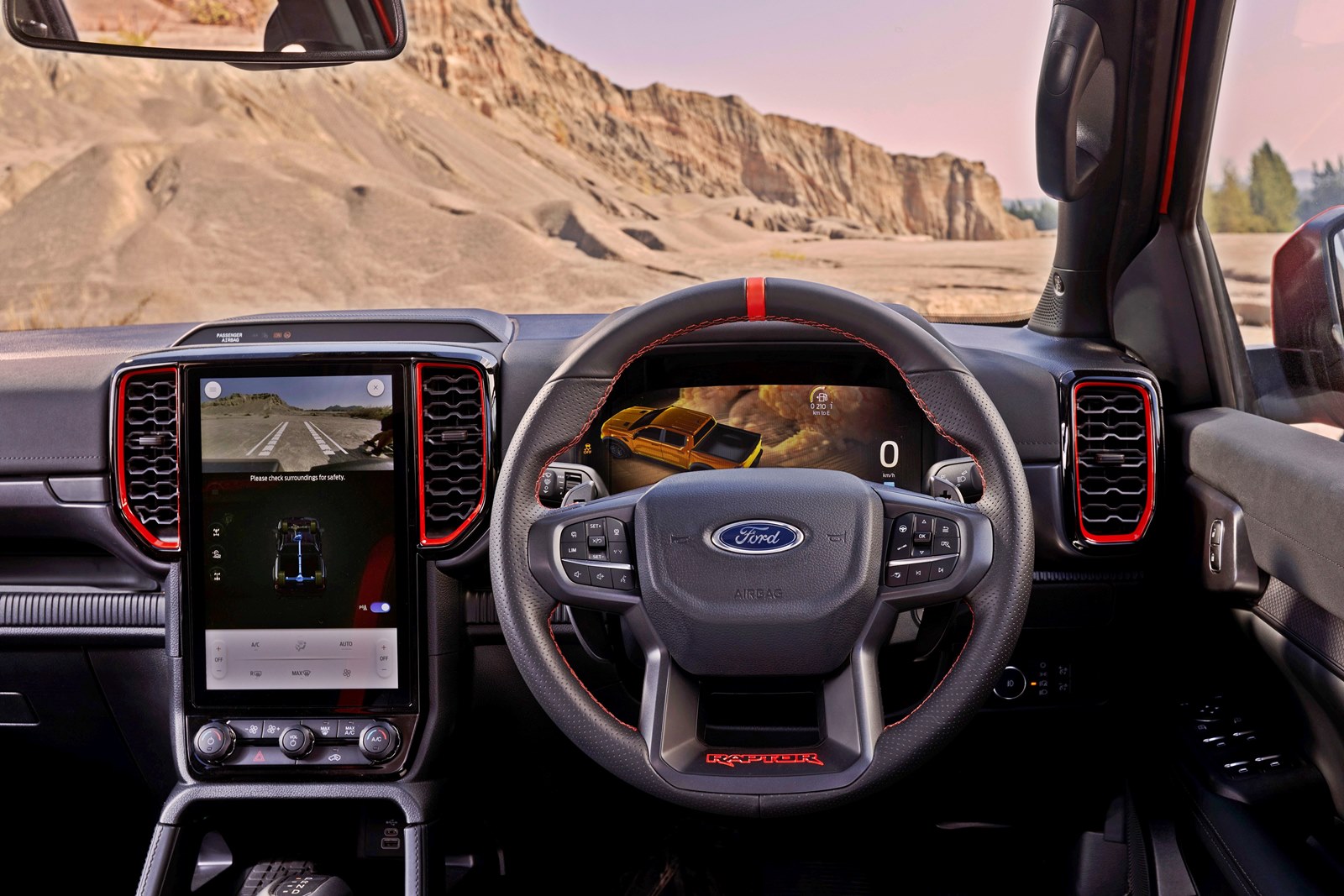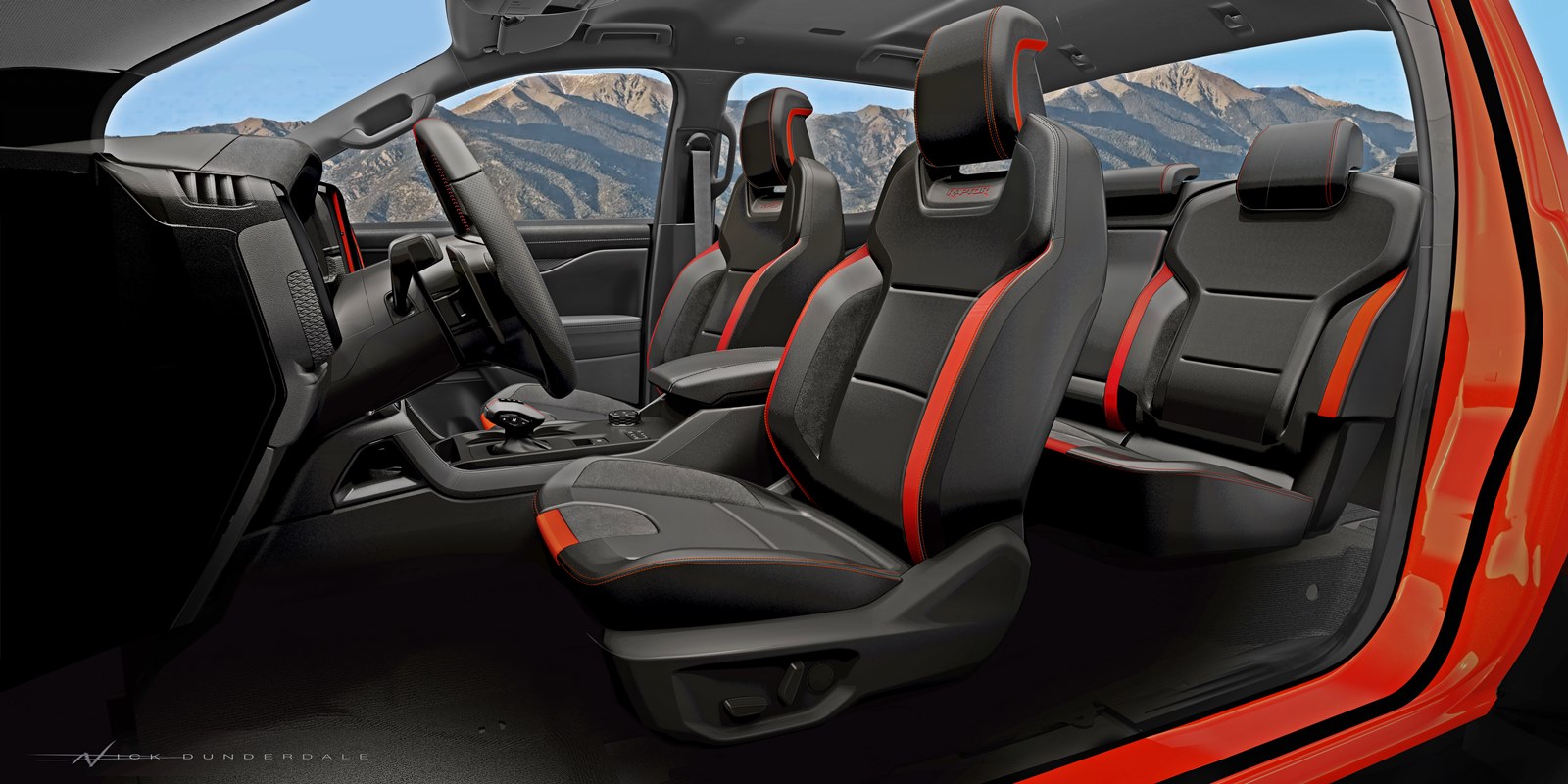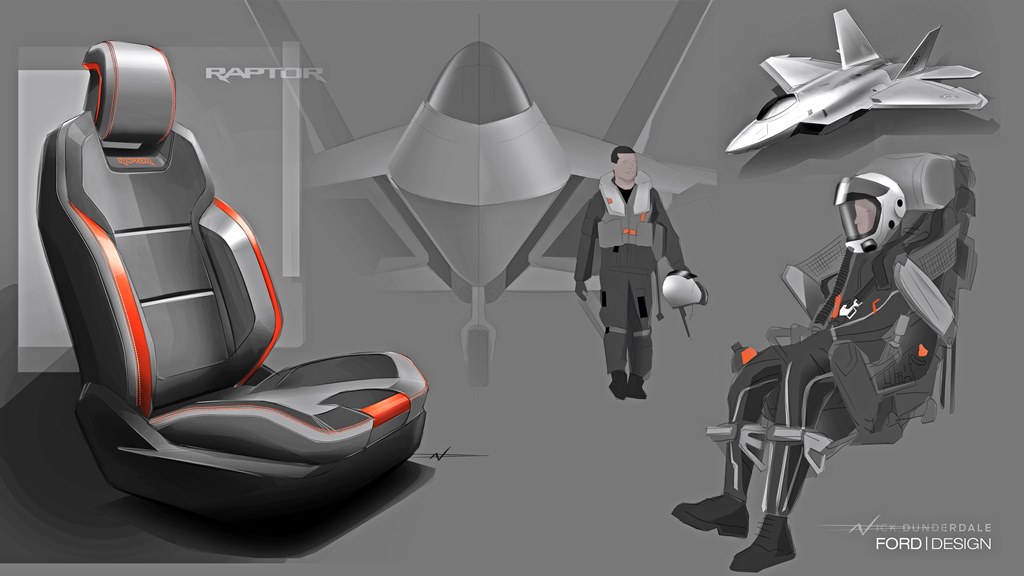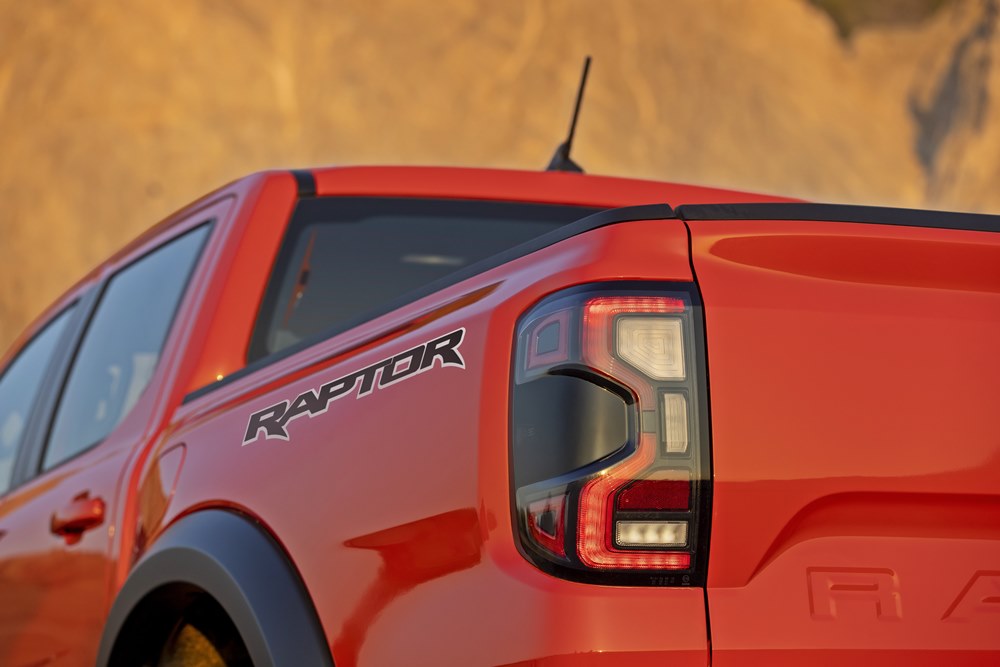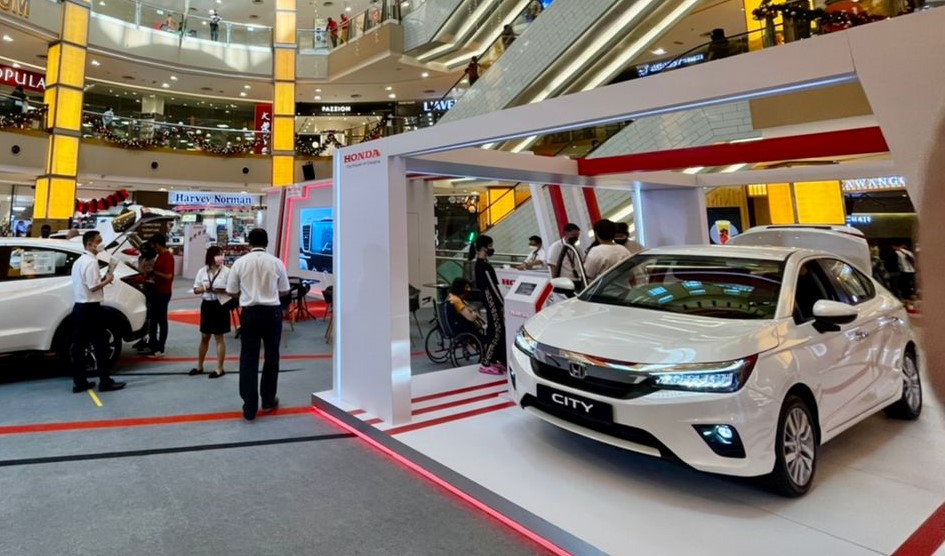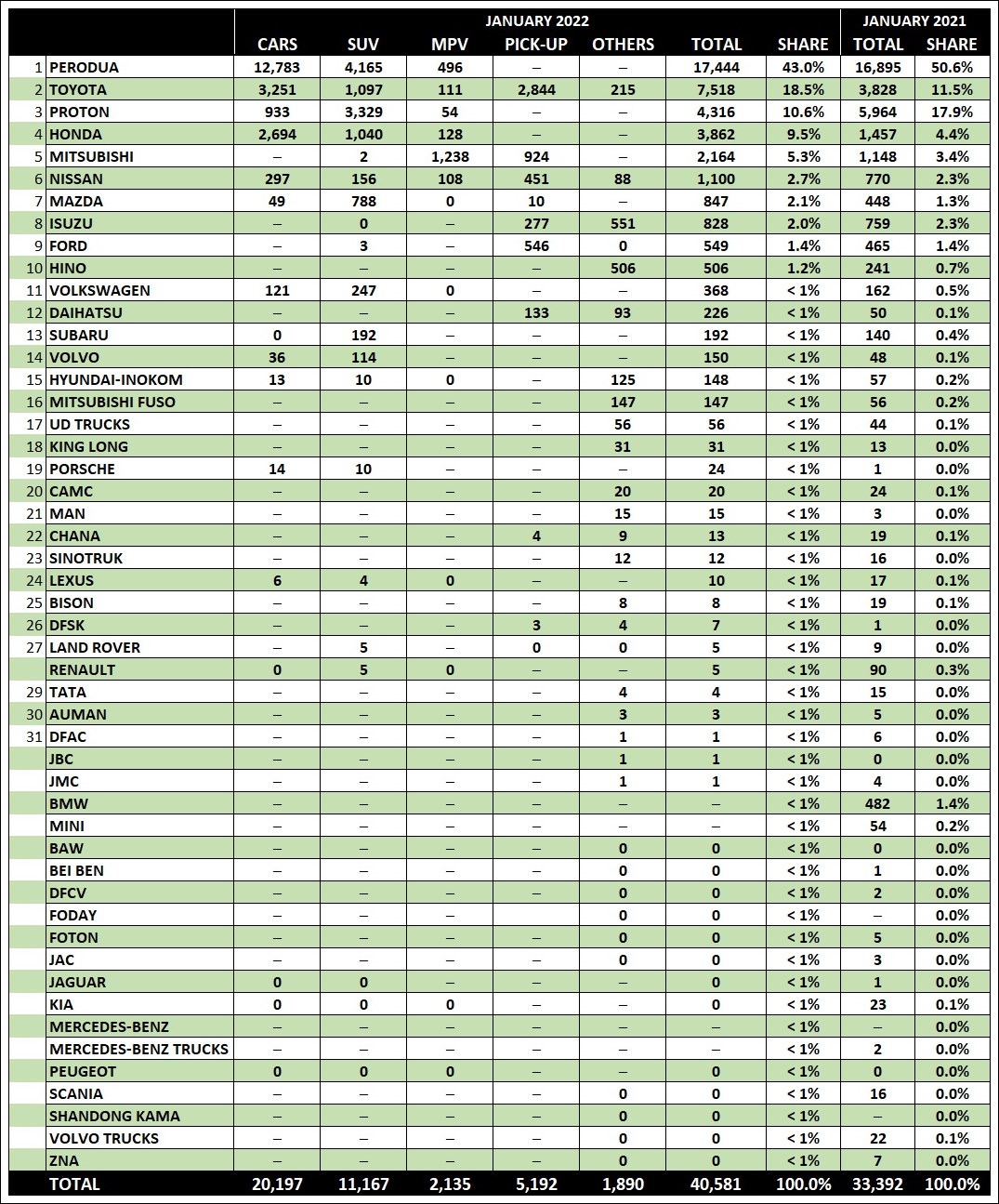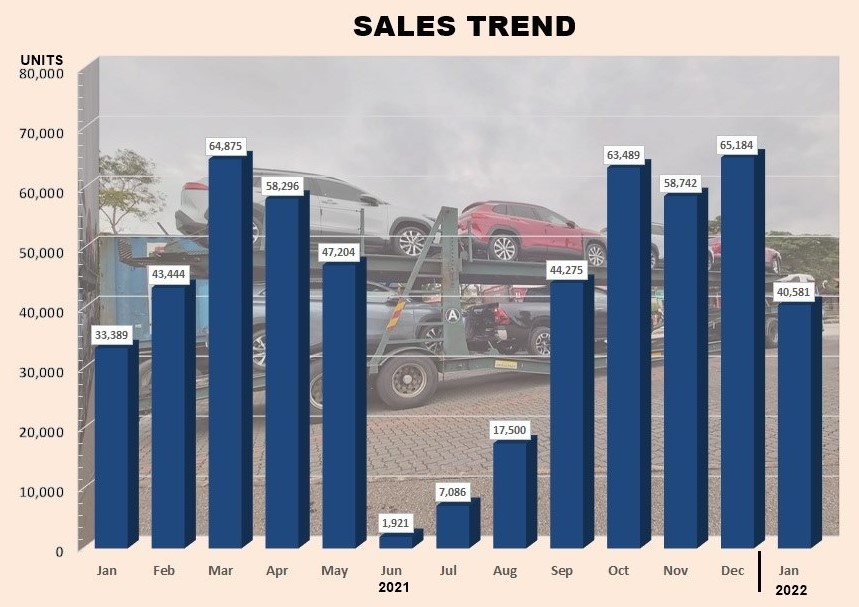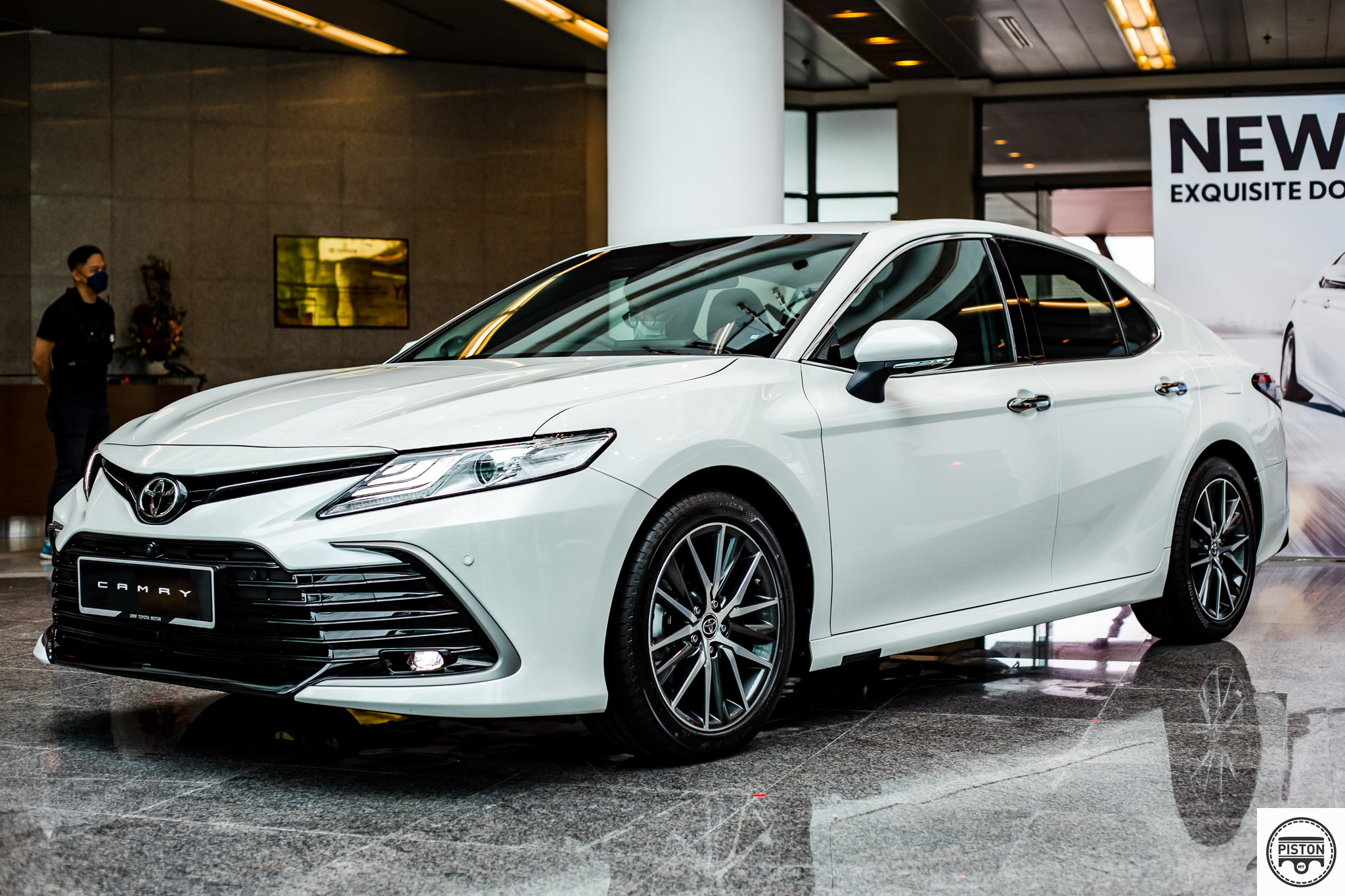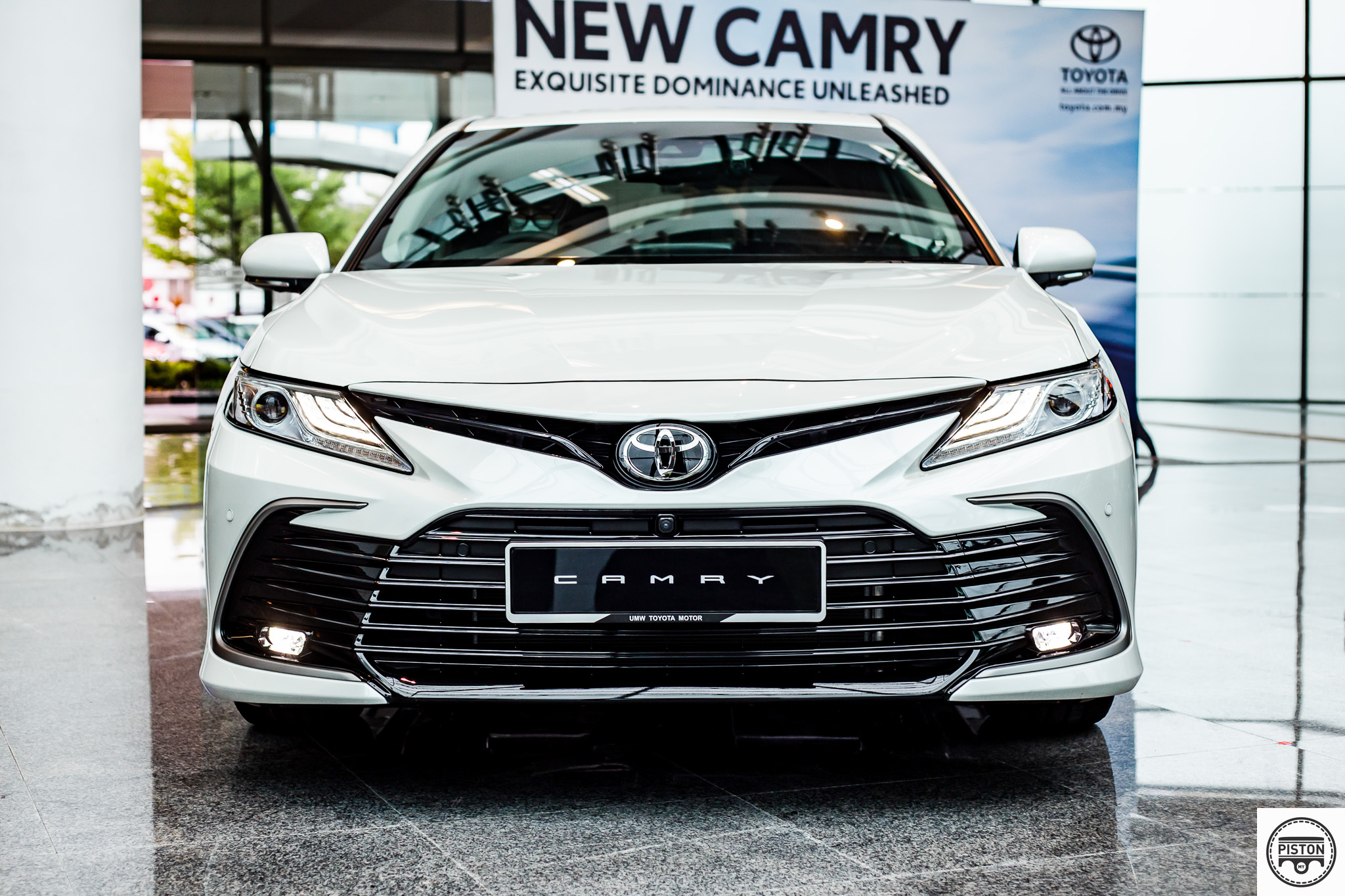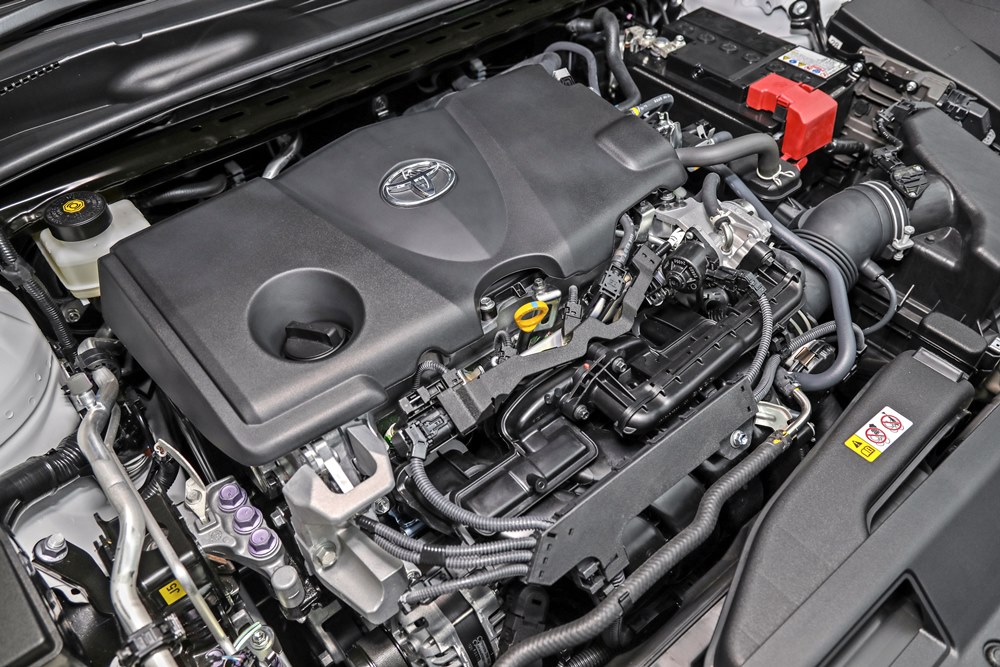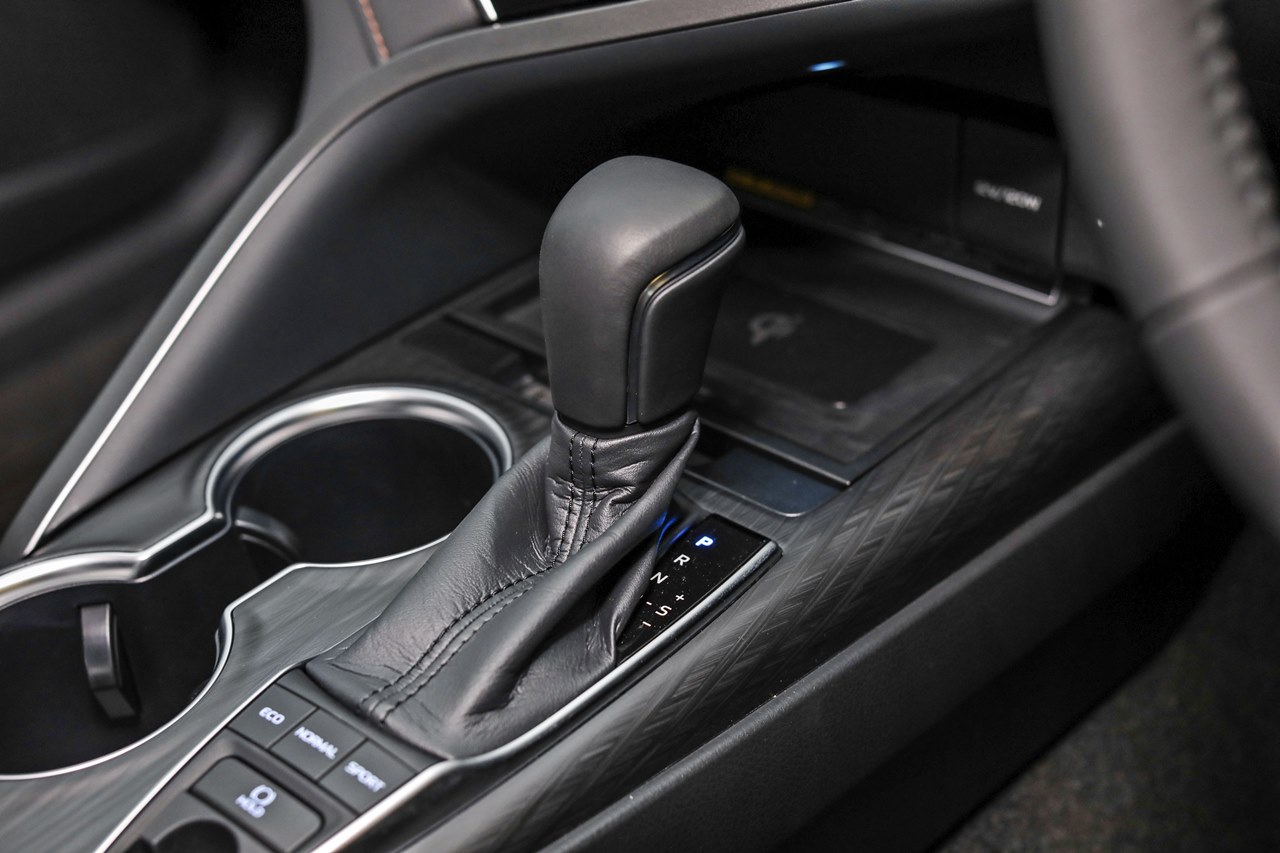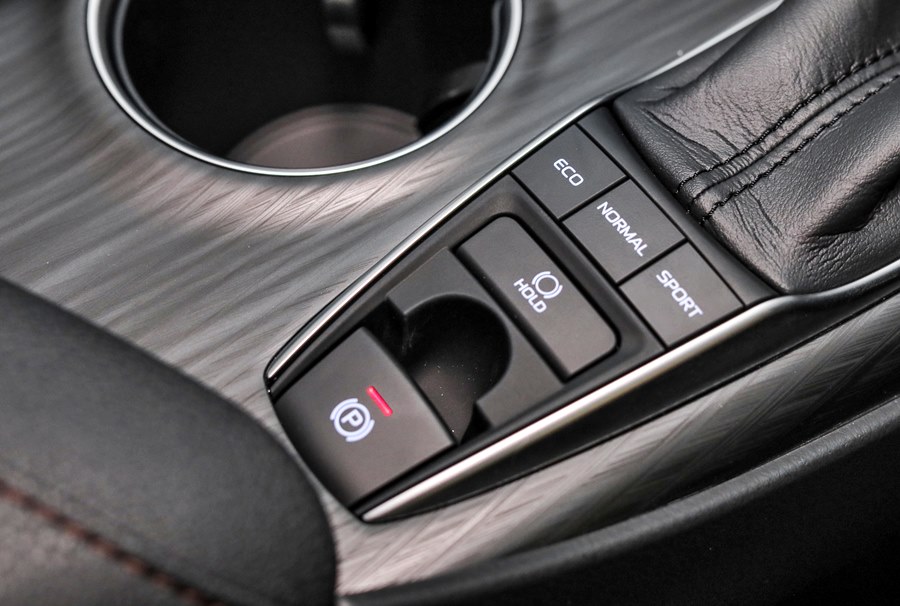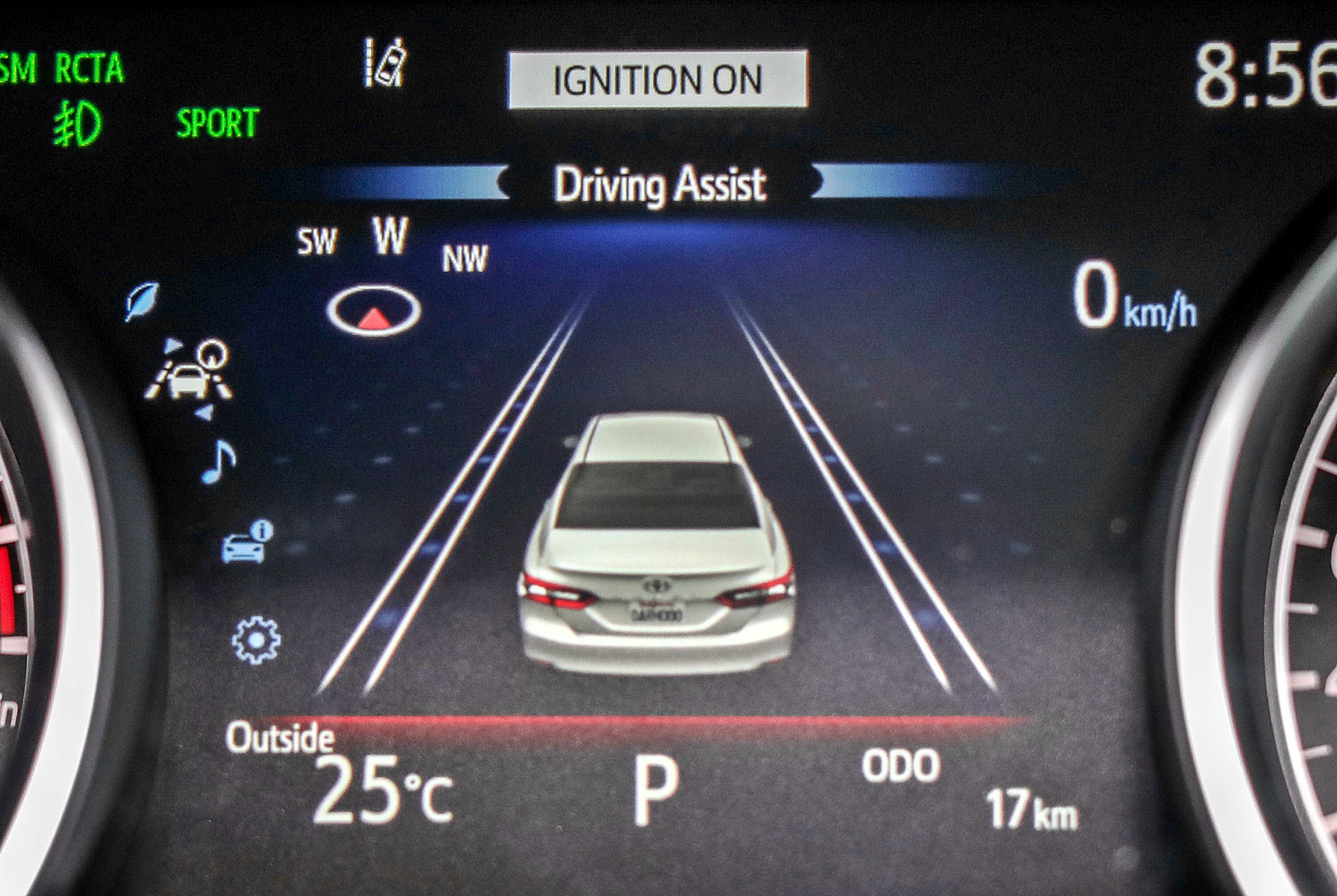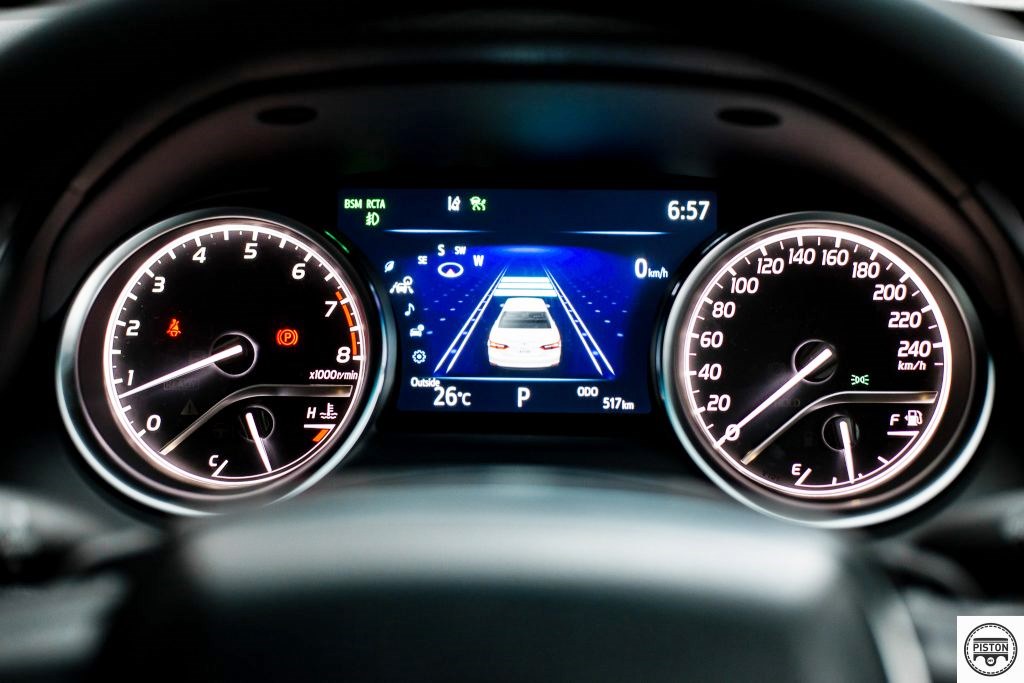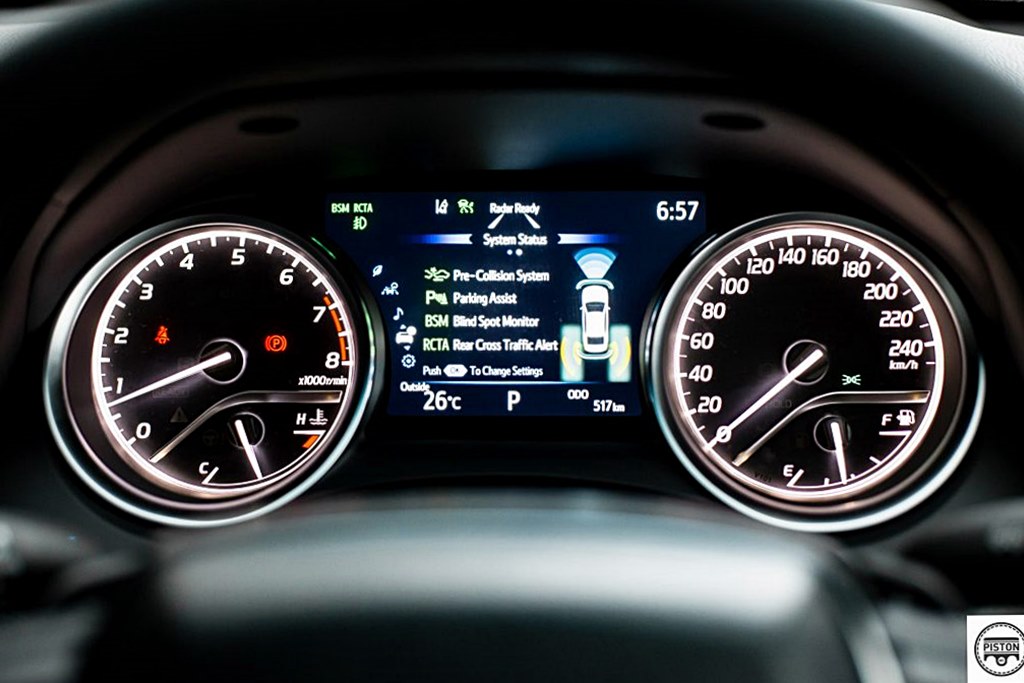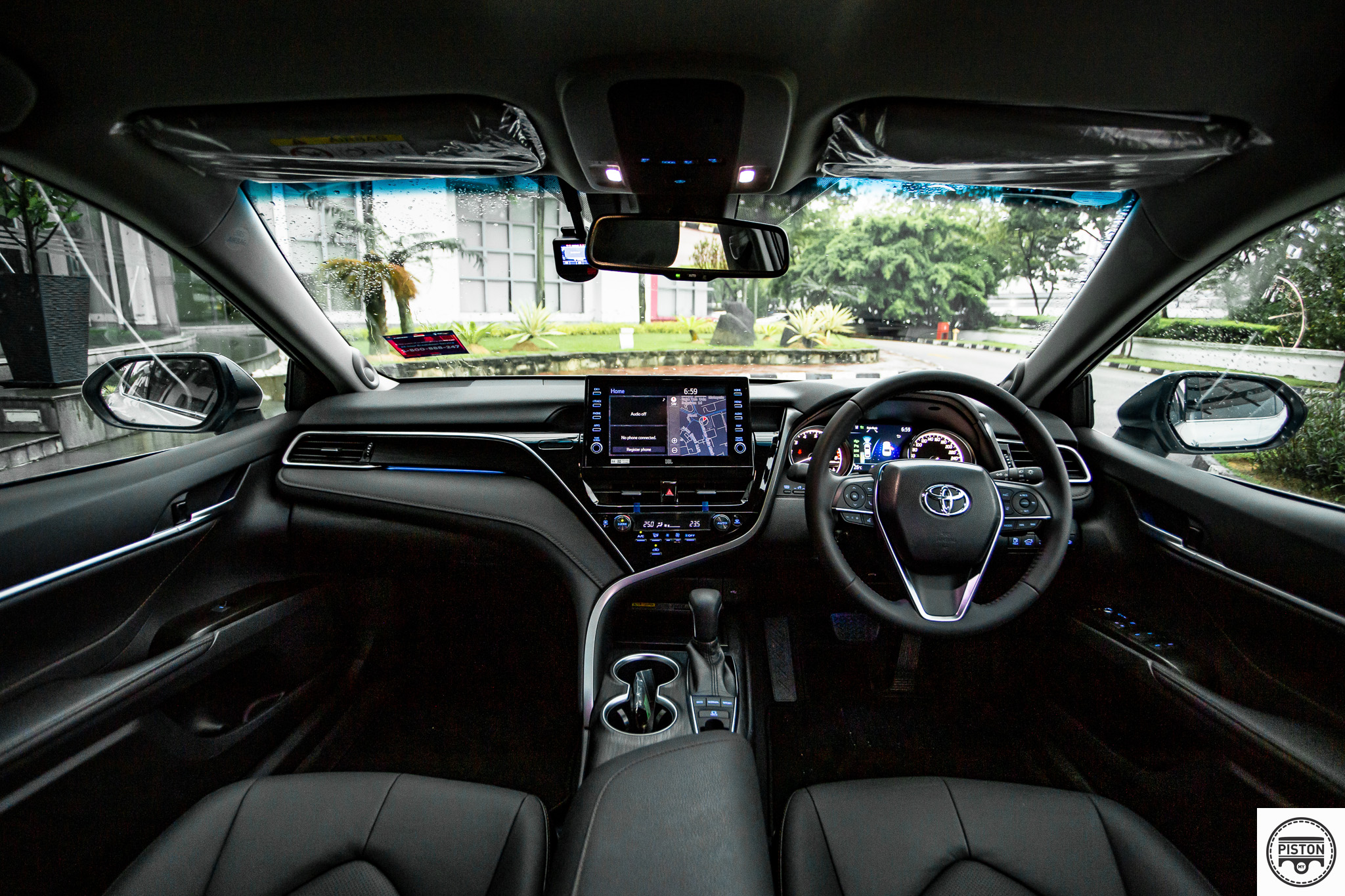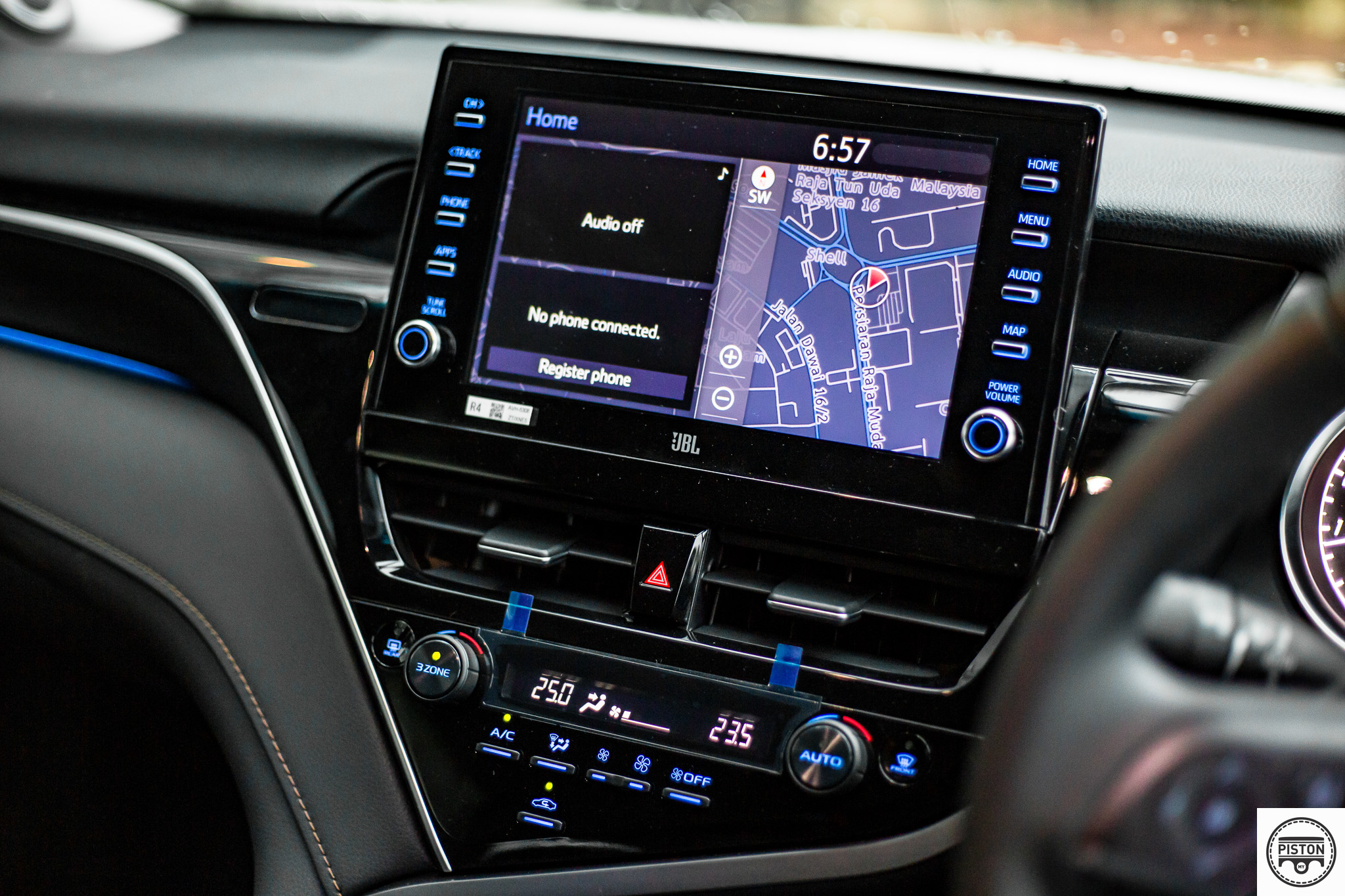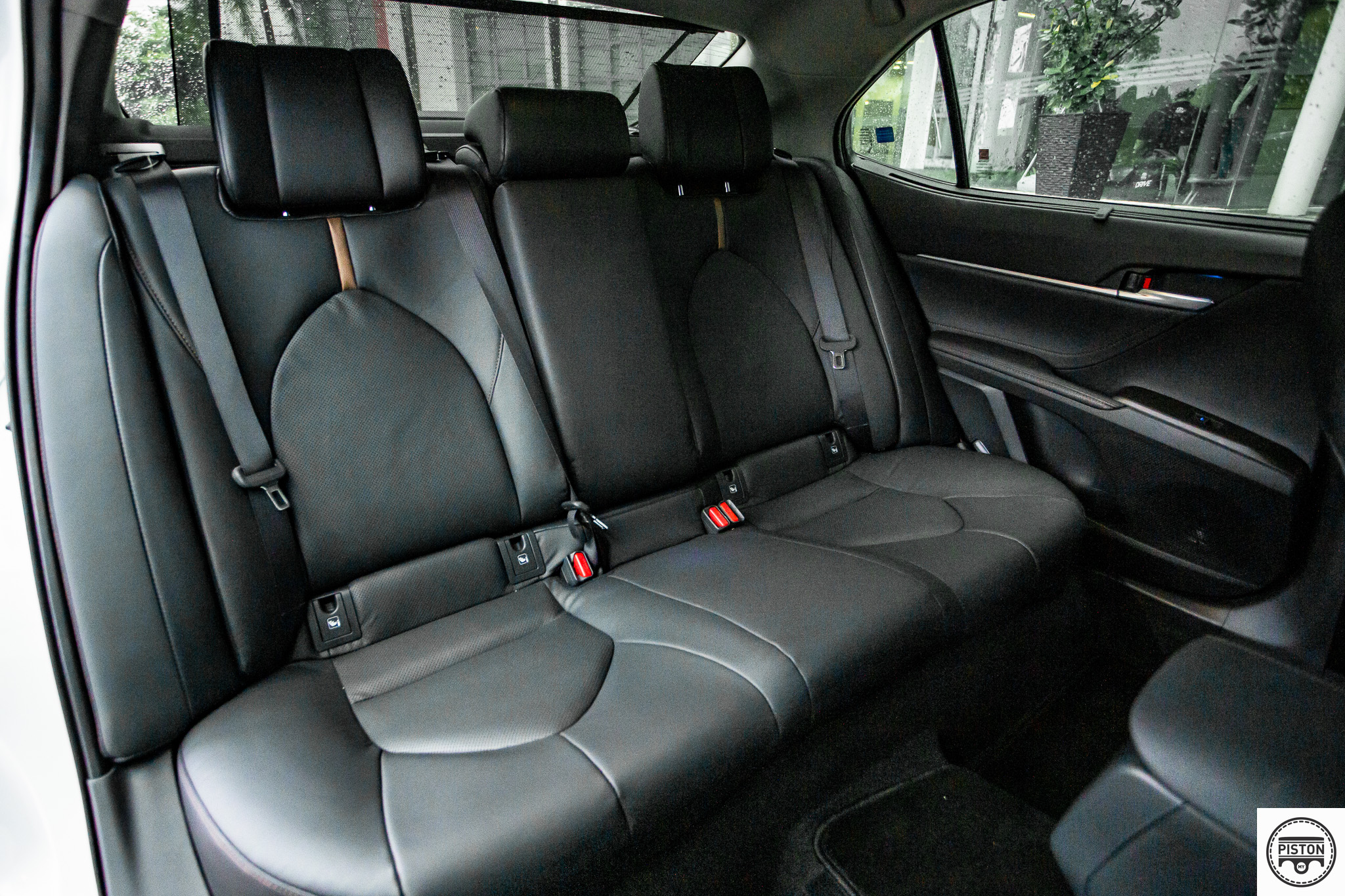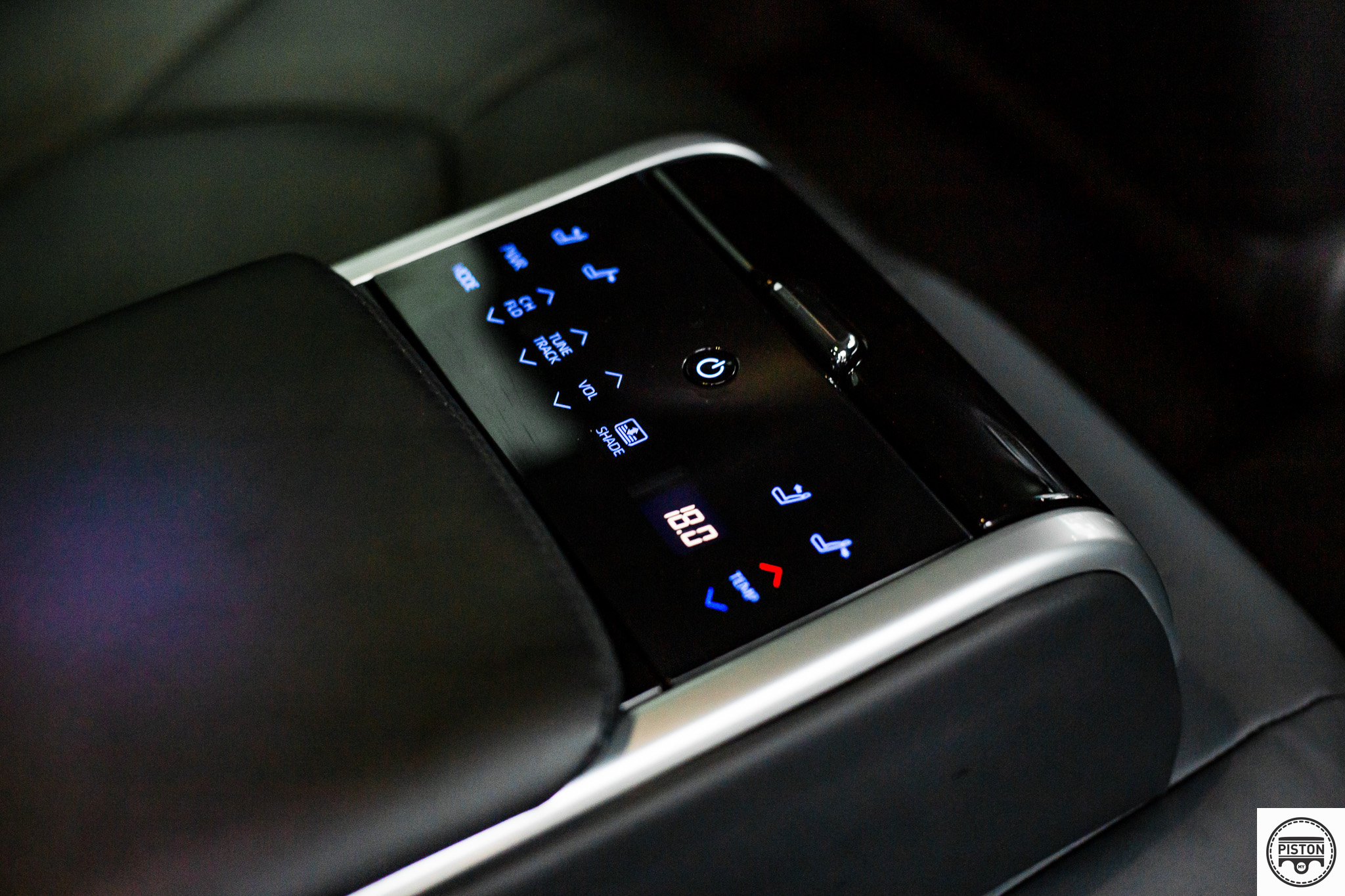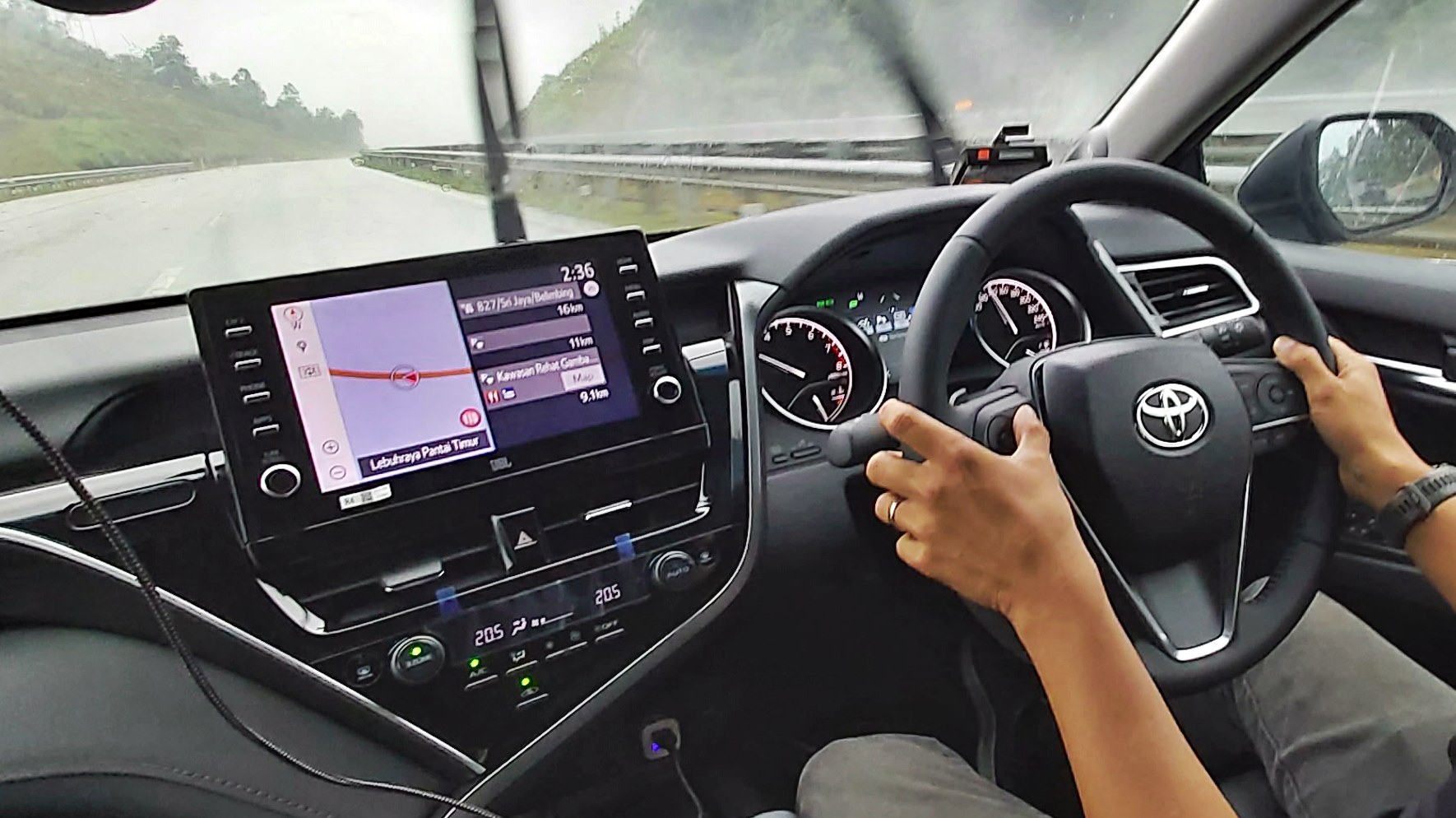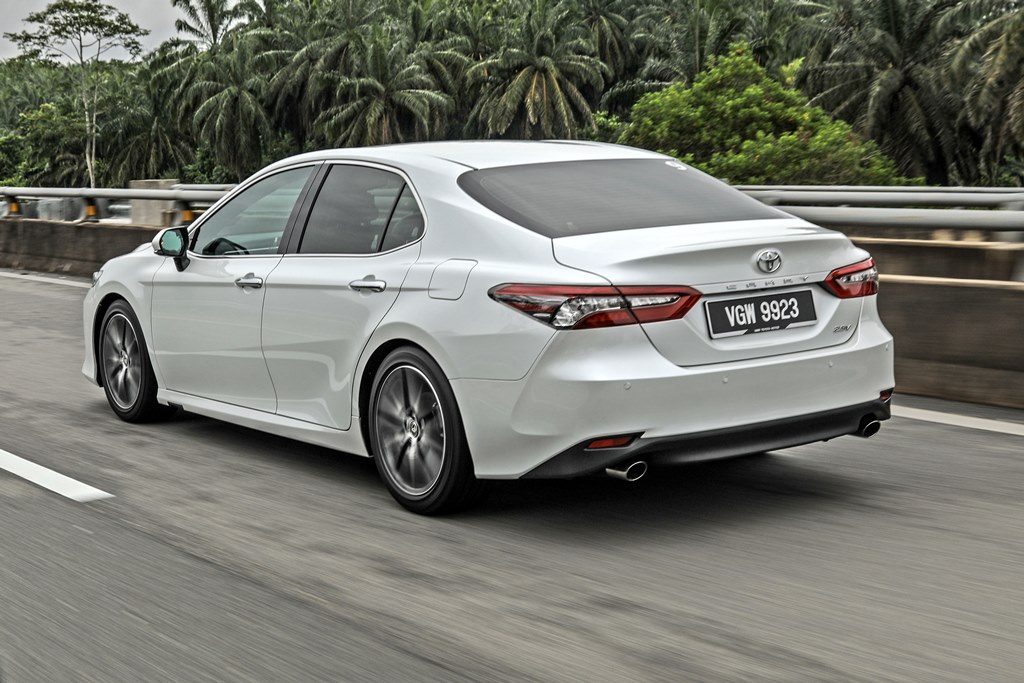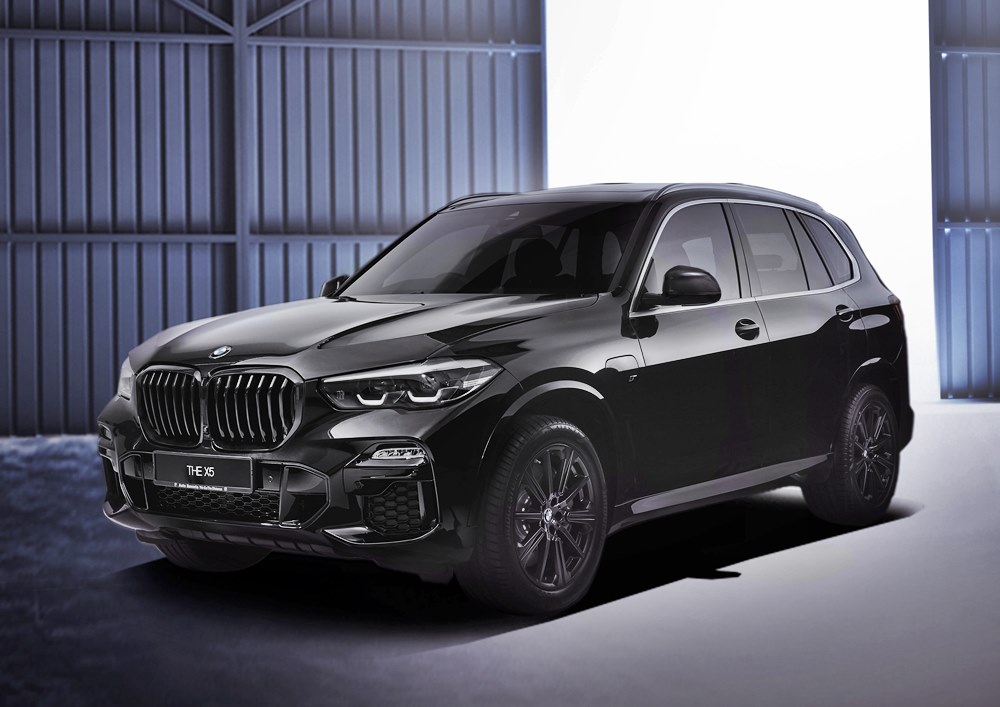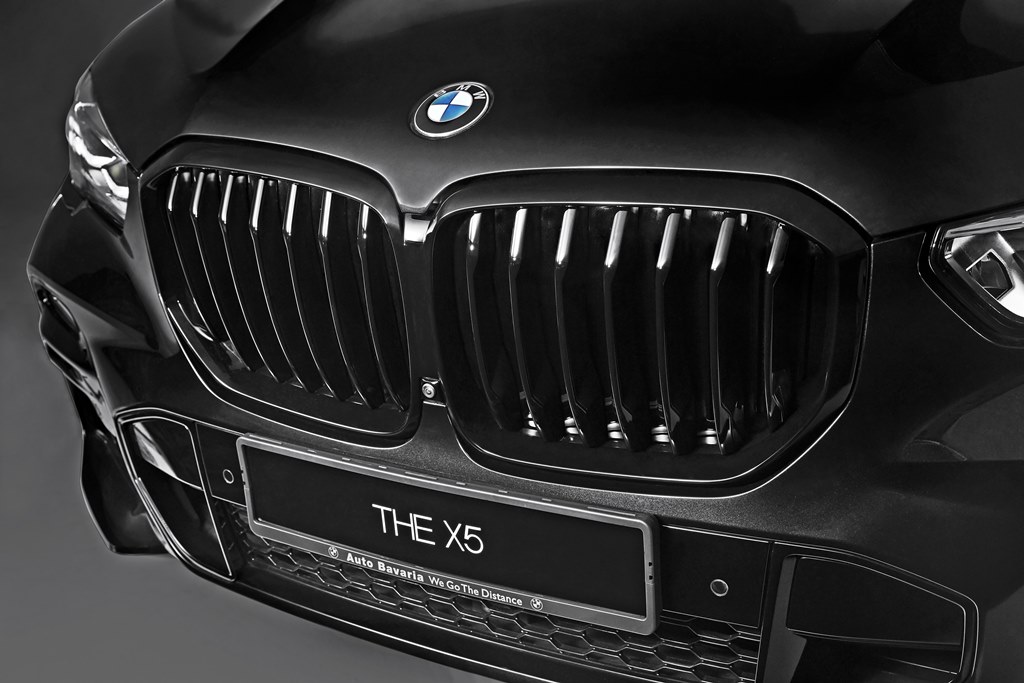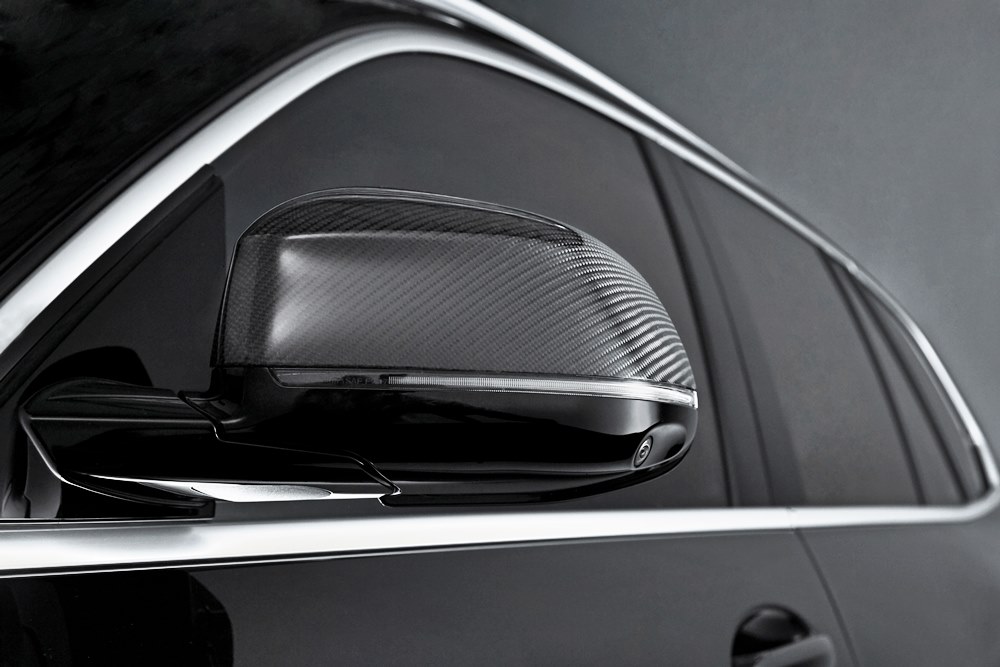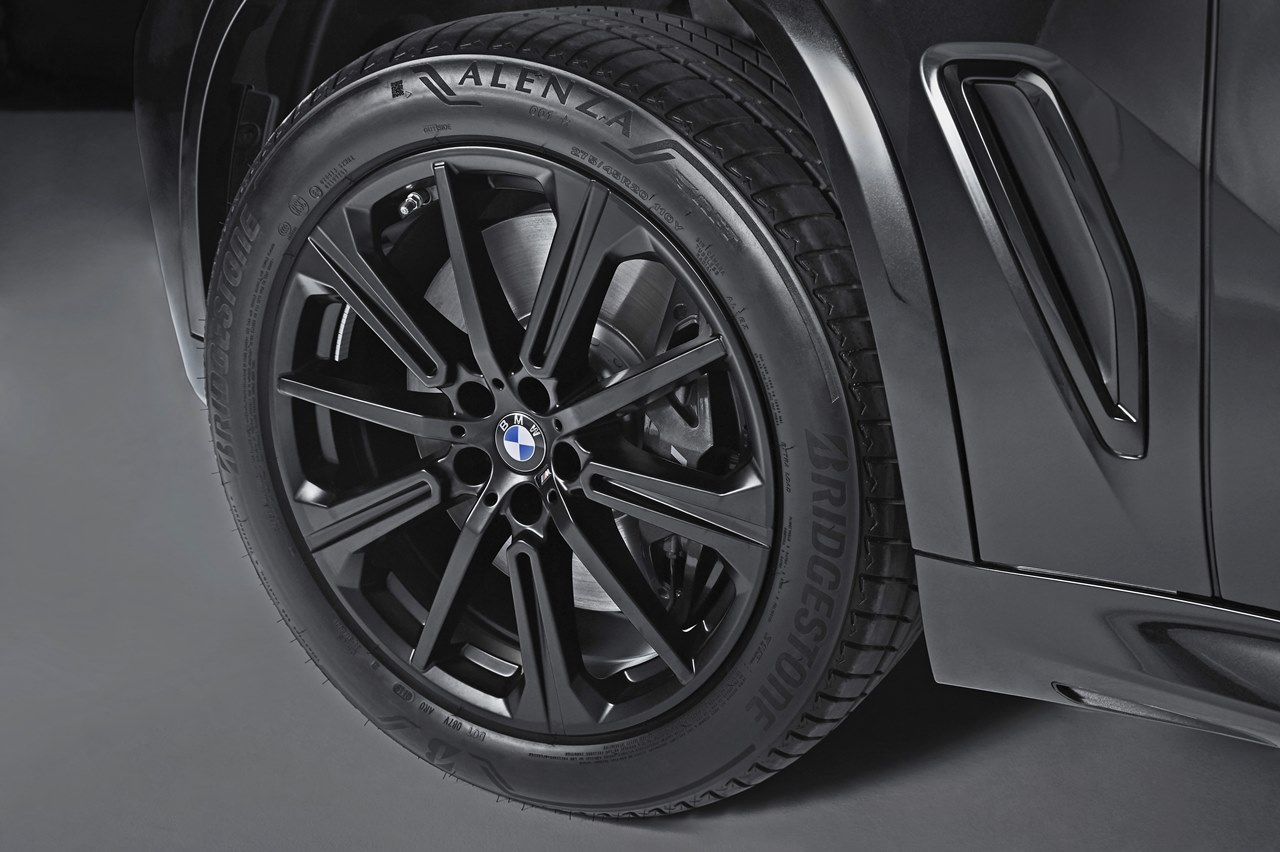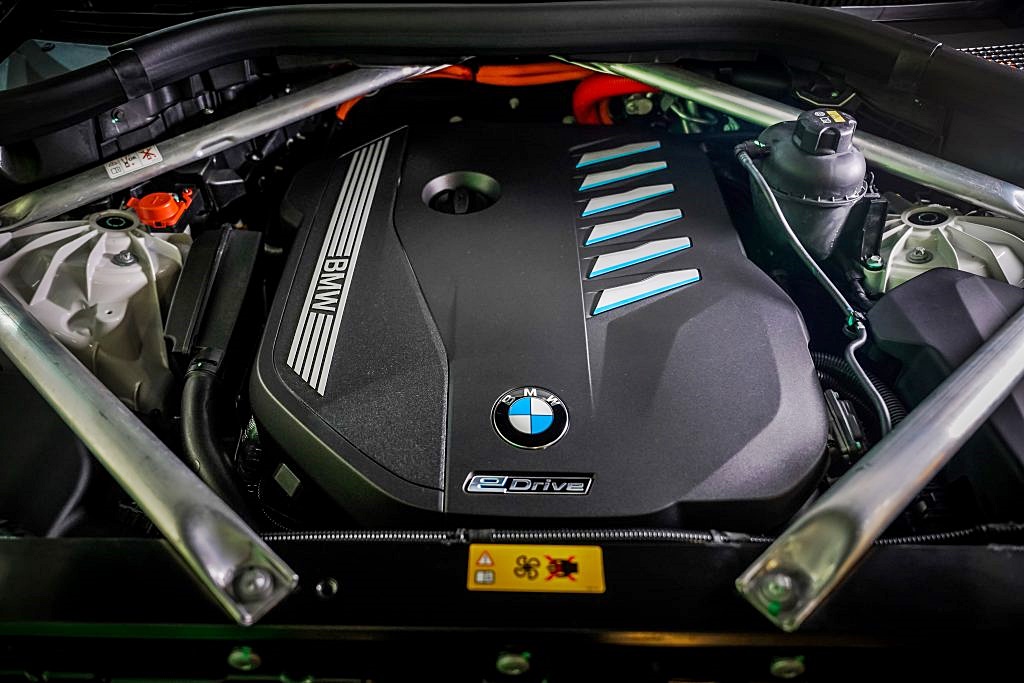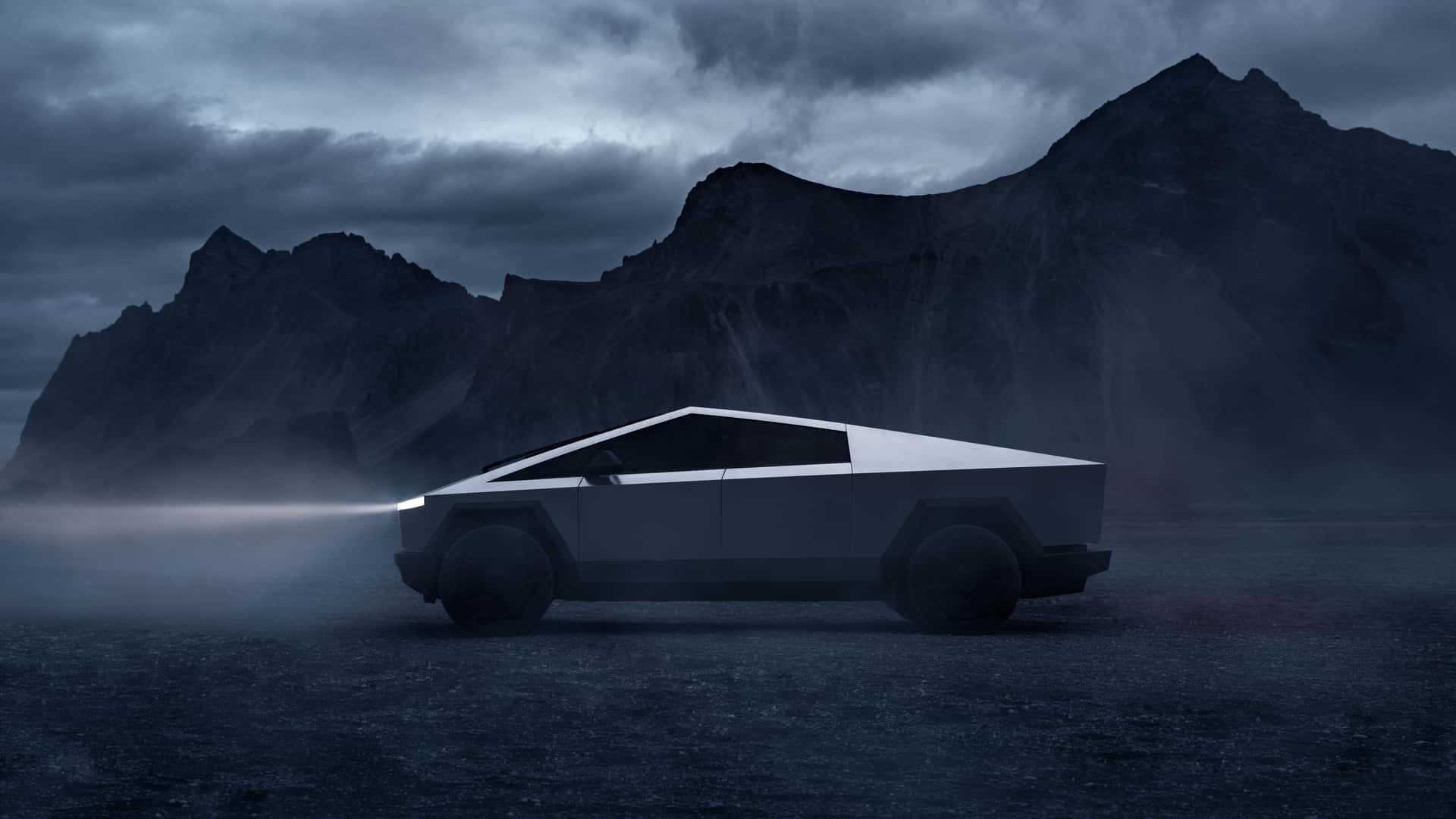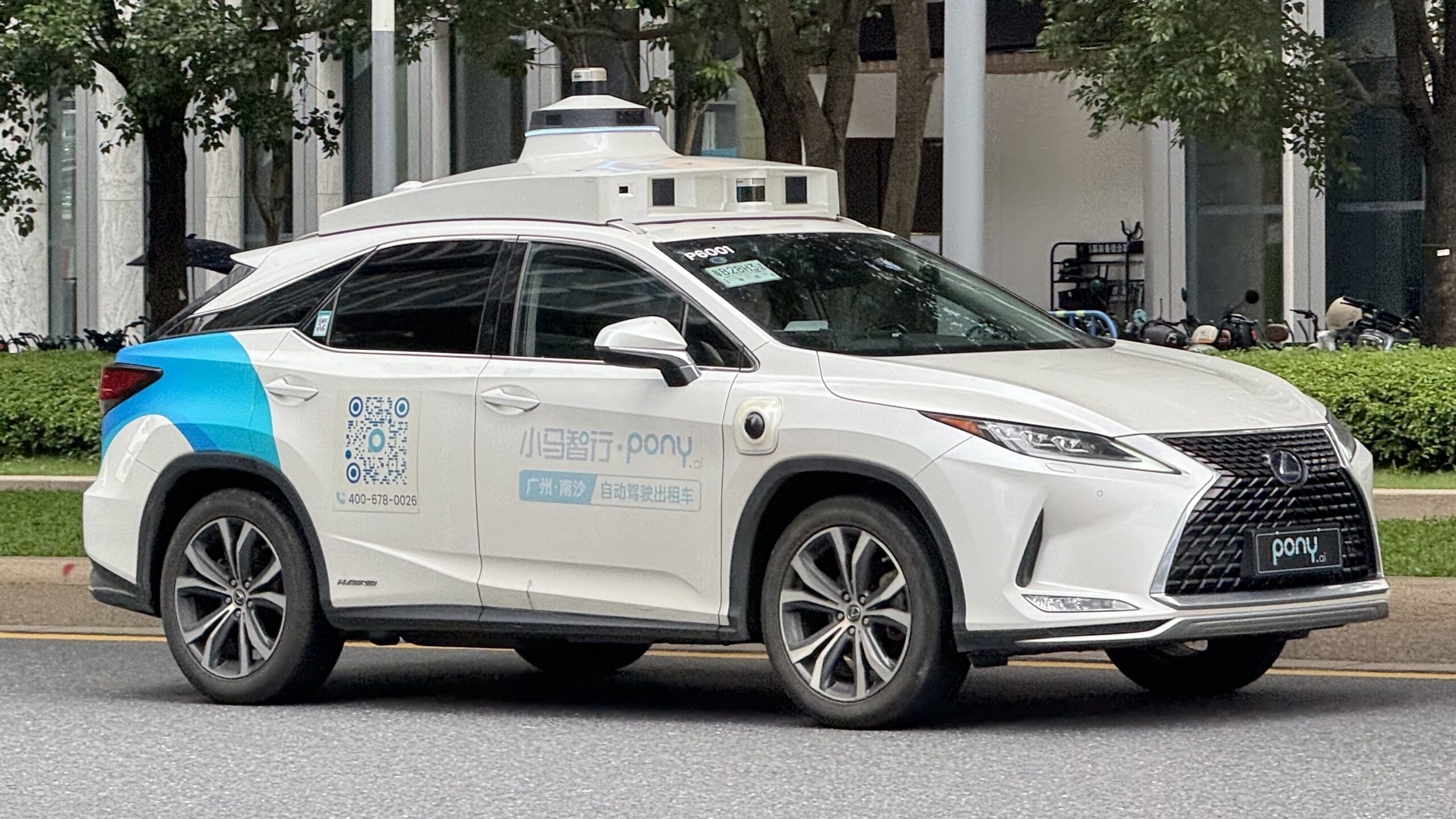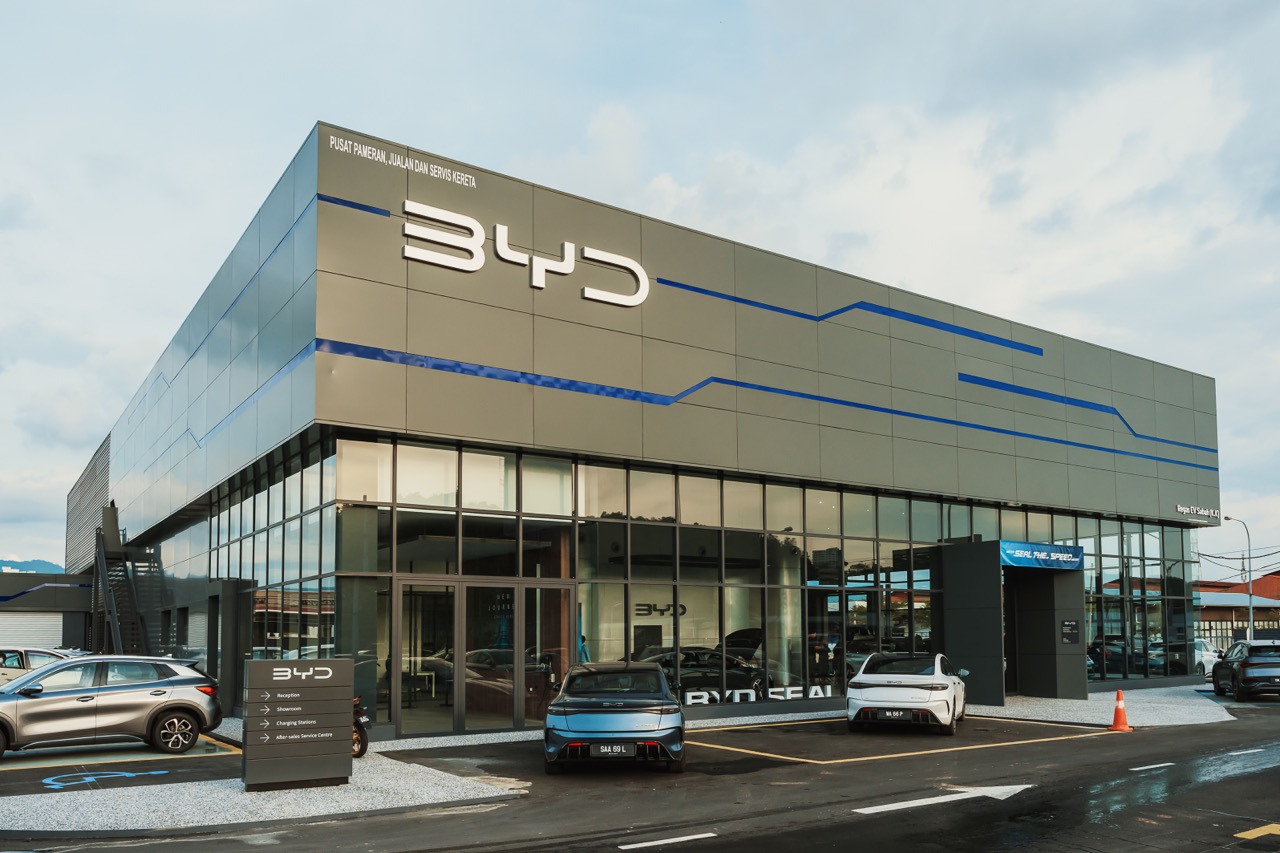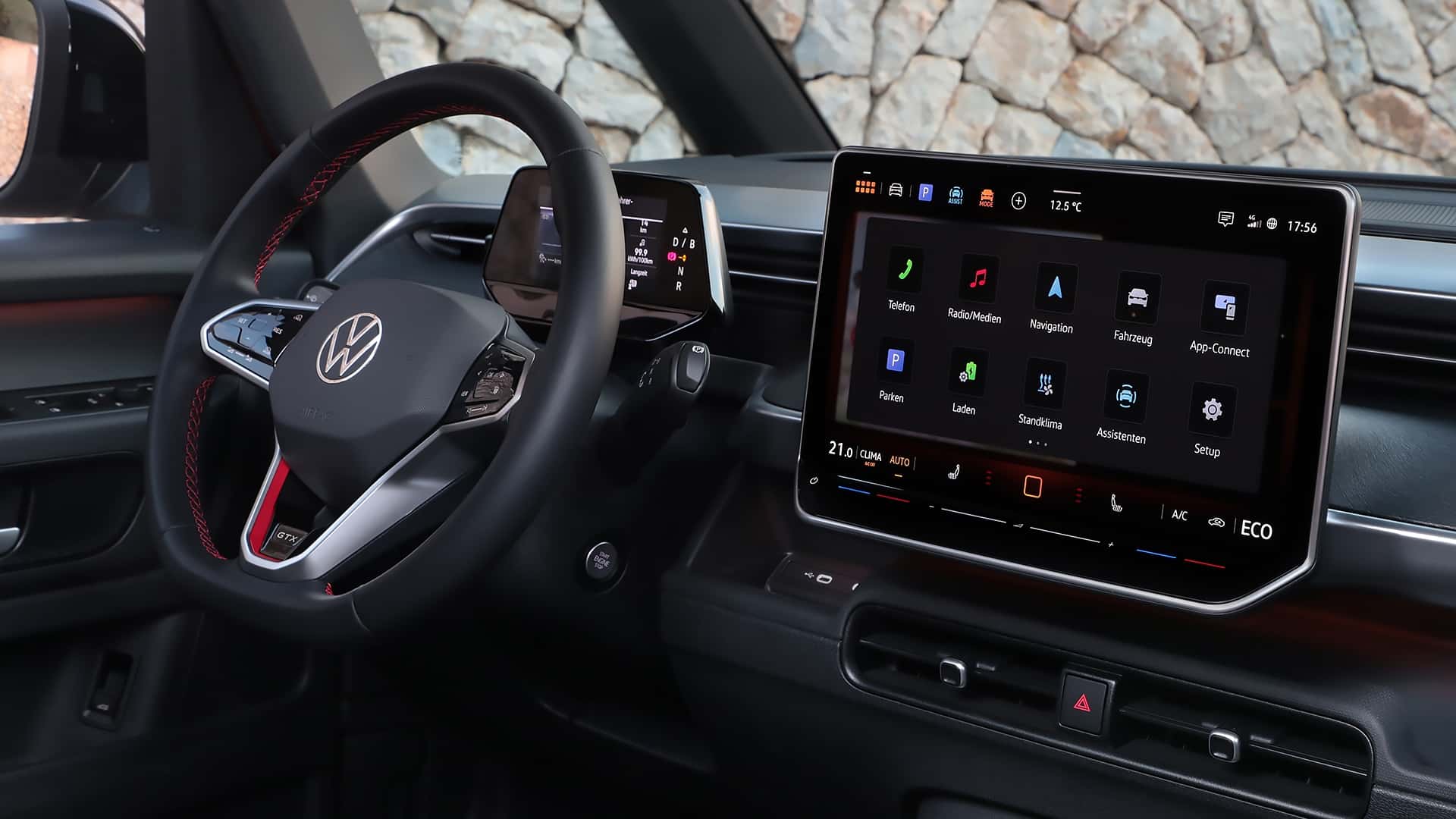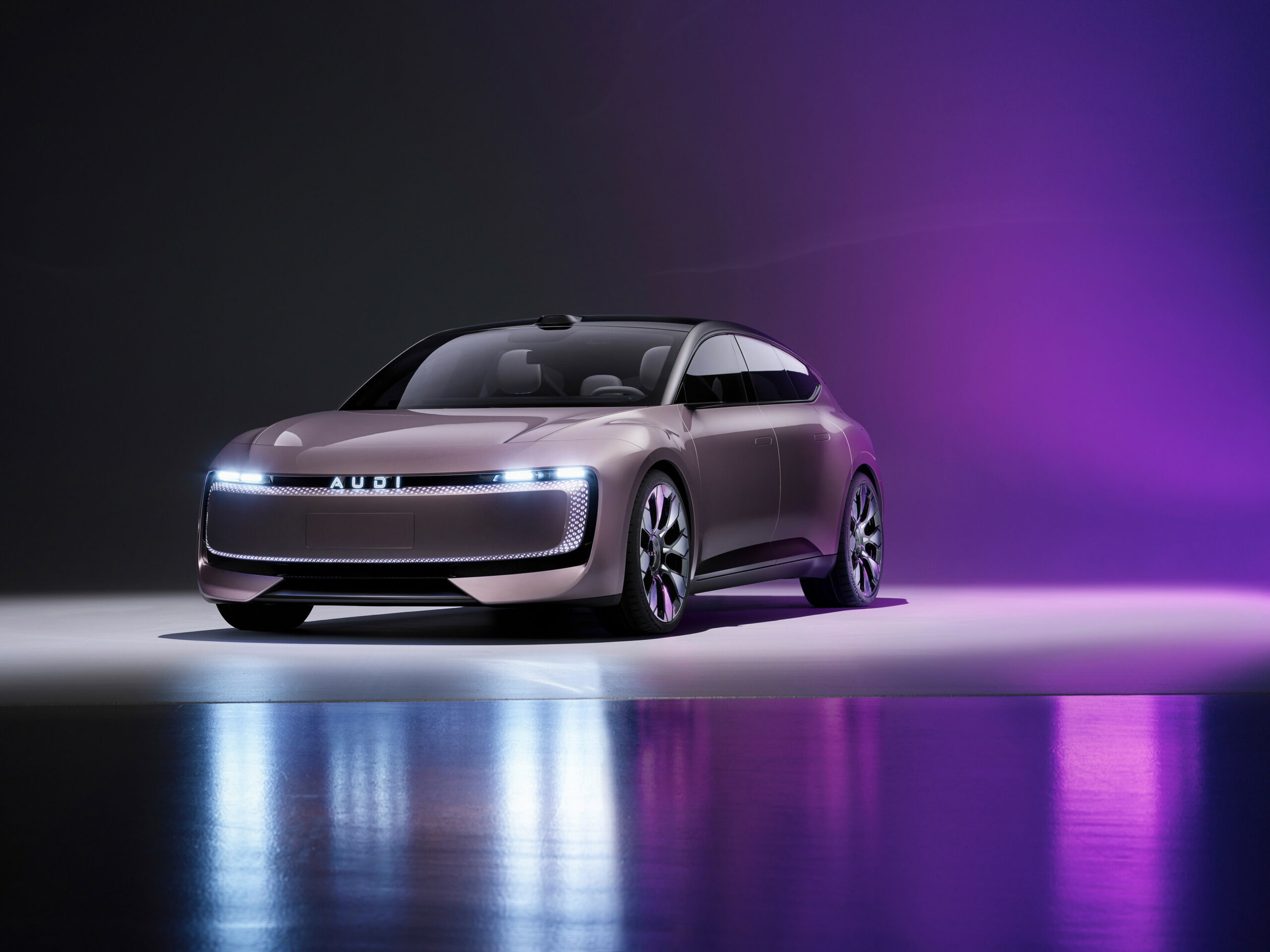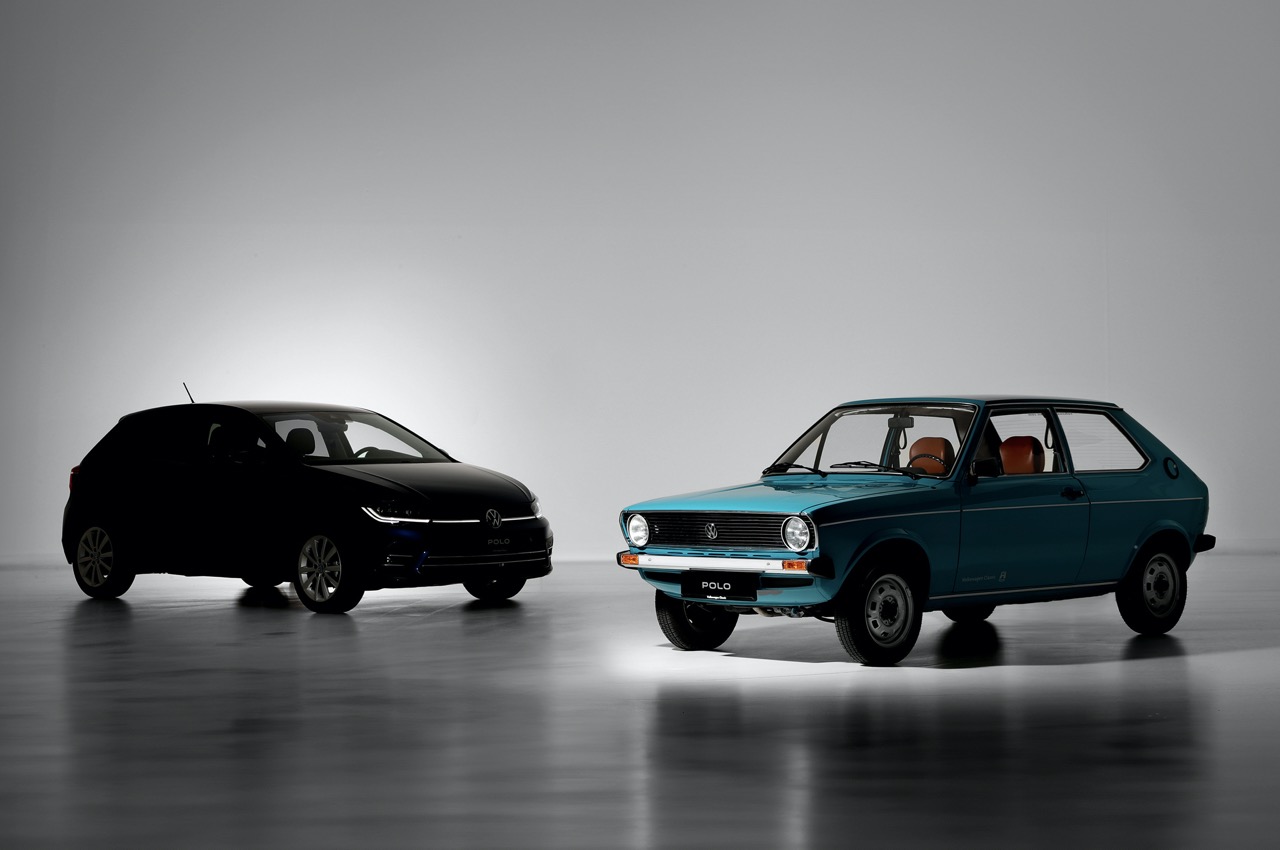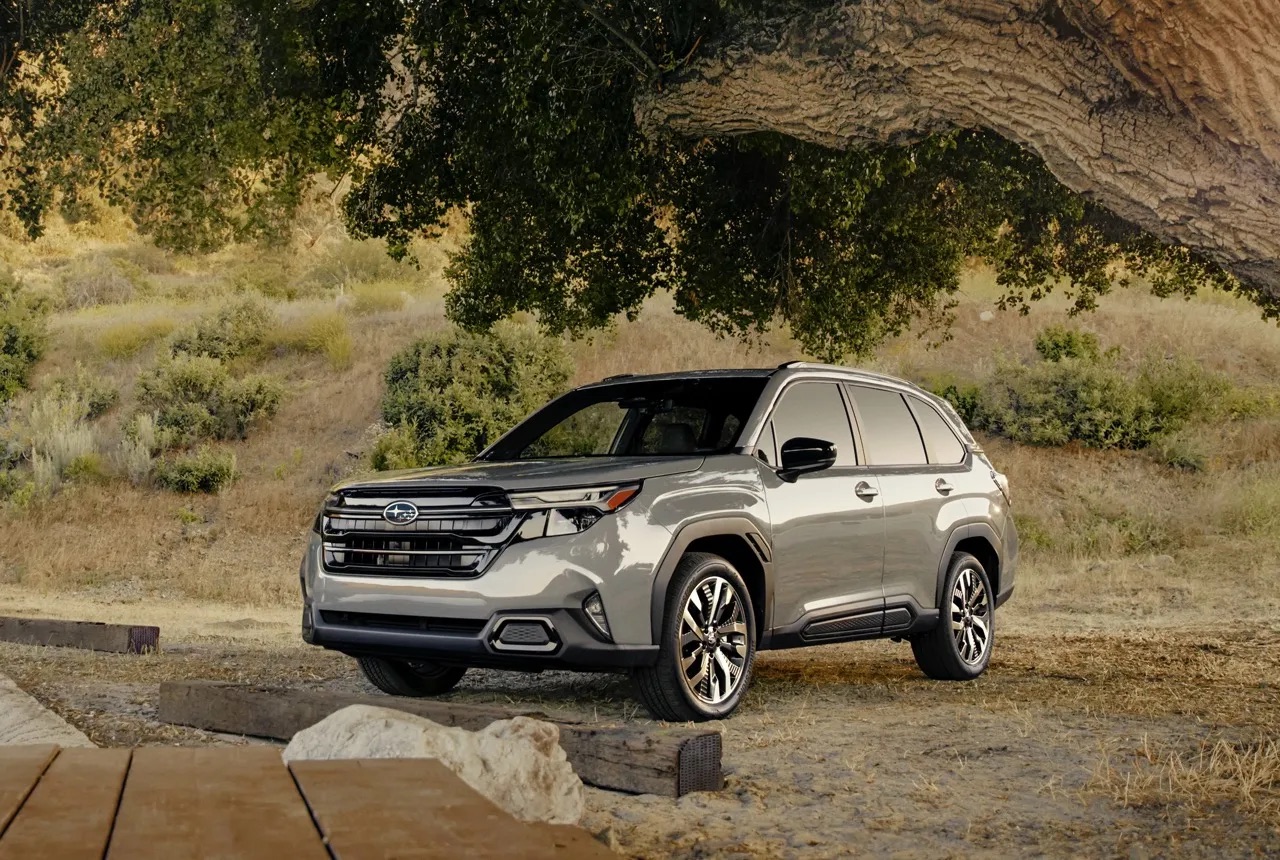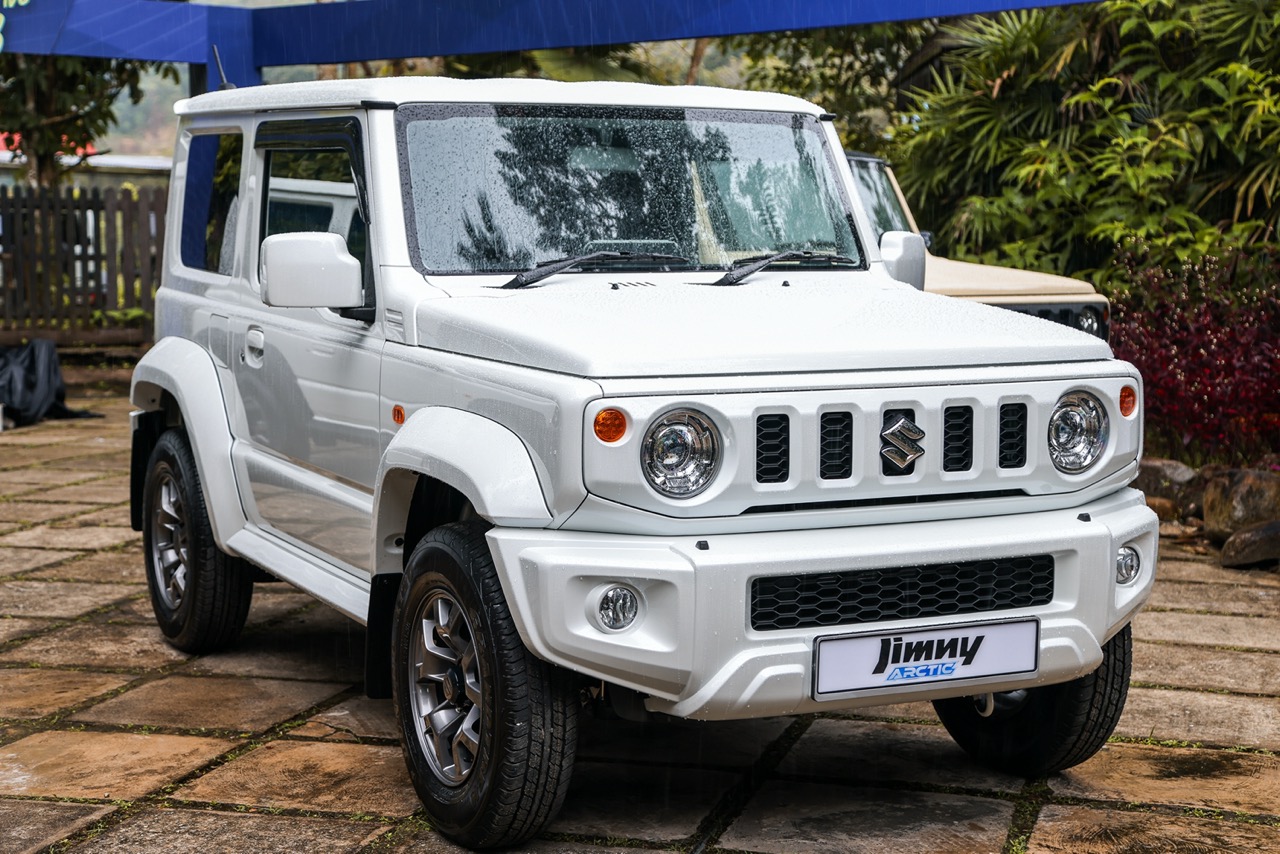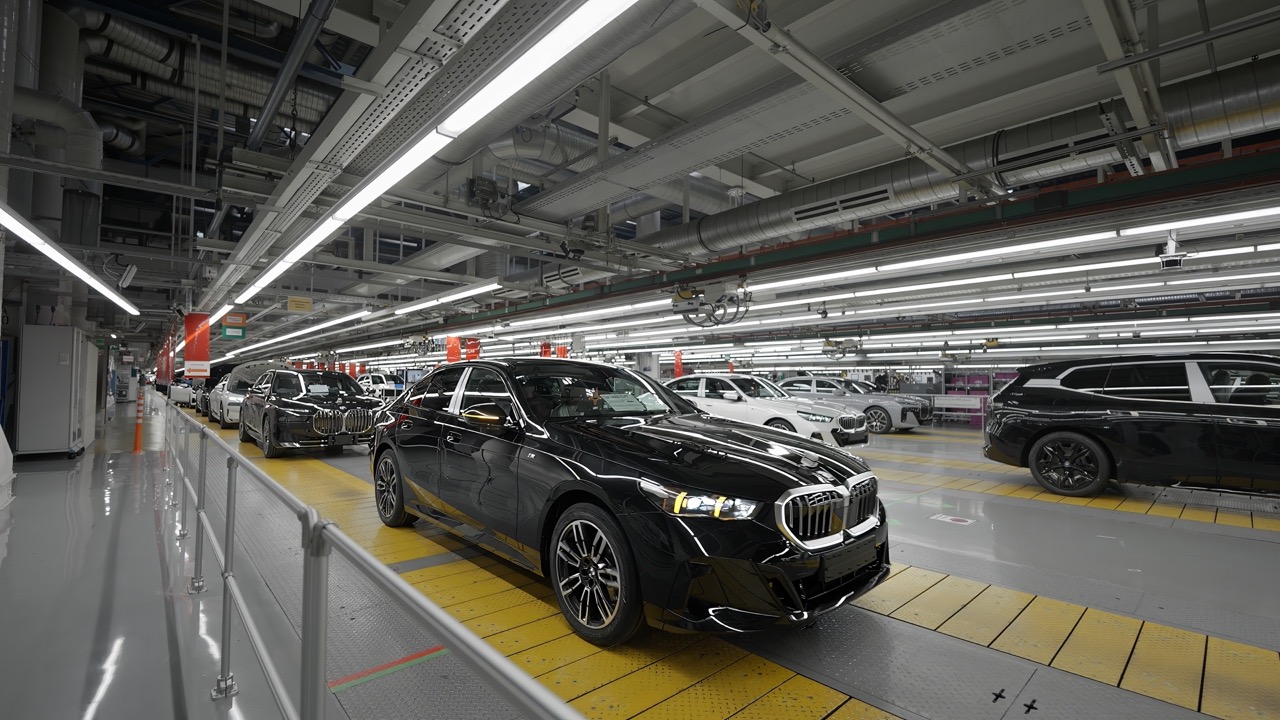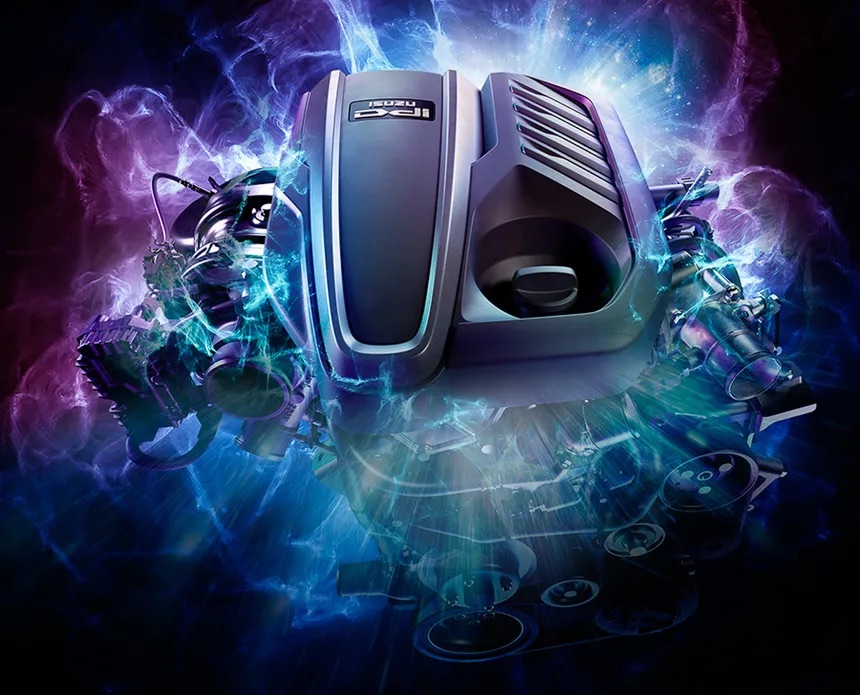Following the introduction of the new Mercedes-Benz S-Class (W223) last December, Mercedes-Benz Malaysia can now provide the price of the model. Only one version is available – the S 580 e Plug-In Hybrid – and it is priced at RM698,744 (excluding insurance), As it is assembled locally at the company’s facility in Pekan, Pahang, it can have full exemption of sales tax until June 30, 2022, which would be big savings for customers.
The flagship of the Mercedes-Benz range has been on sale in Malaysia since the 1970s, with over 18,000 cars sold to date, almost all assembled locally. The model’s history goes back to the W180 of 1954 although it was only in 1972 that it came to be known as the ‘S-Class’. Globally, more than 4 million units have been sold since the early 1970s.
The W223 is the seventh generation and as with every generation before, the new S-Class brings with it advanced technologies. In fact, this model has often introduced many new technologies, especially in the area of safety, that it shows ‘the future of motoring’. For example, in 1980, the W126 generation was the first production car in the world to be equipped with an airbag system.
With Mercedes-Benz now putting its full commitment to electrification during this decade, the S-Class also leads the way and for the Malaysian-assembled model, a plug-in hybrid (PHEV) powertrain is the only one offered. Hybrid powertrains are not new to Mercedes-Benz in Malaysia and have been available with some models (including the S-Class) over the past 8 years.
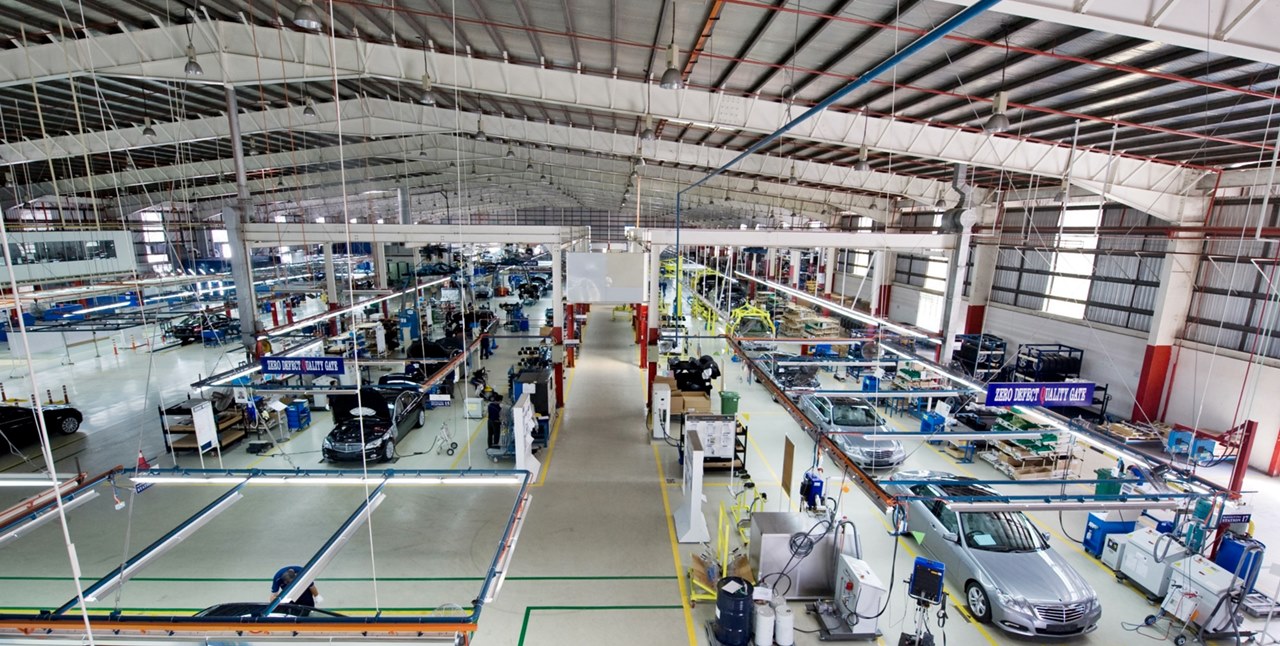
For the latest S-Class, the model is designated S 580 e but its engine not 5.8 litres. It is actually an in-line 6-cylinder petrol engine of 3 litres and works with an electric motor which generates 110 kW with 440 Nm. The engine’s output is 367 bhp/270 kW with 500 Nm of torque and the combined output can propel the S 580e from 0 to 100 km/h in a claimed 5.2 seconds and up to a top speed of 250 km/h.
If conditions permit, it is possible to run only on electricity for up to 100 kms. When the lithium-ion battery is empty, ‘refuelling’ will take up to 2.5 hours, depending on the charging method. One concern owners have is the cost of the battery pack if it needs to be replaced as it is pretty expensive. But for the first 8 years or a maximum of 100,000 kms, Mercedes-Benz Malaysia will provide warranty coverage which should offer some peace of mind.
Showcase for new technologies
New for this S-Class is DIGITAL LIGHT, which offers significantly better illumination from the headlamps. Each light module has 3 extremely powerful LEDs with light that is refracted and directed by 1.3 million micro-mirrors. The resolution is therefore more than 2.6 million pixels per vehicle, allowing highly precise light distribution.
The millions of pixels allow the lighting pattern to be precisely shaped so that maximum illumination levels can be provided without blinding oncoming drivers. Light/shadow graduations and the light distribution of all the other adaptive light functions are also realised with considerably more precision, optimising illumination in all ambient lighting conditions.
Aerodynamic efficiency has always been important for cars as lower wind resistance of the shape means more power can be used to move the car, and fuel consumption can be lower. Low wind resistance is even more vital for hybrid and electric vehicles so extensive wind tunnel research was done and the result is a body that has a Cd of 0.22, impressive considering its size.
Not visible are improvements in aeroacoustics; the new model’s quietness is said to be even better than the e previous generation which already excelled with a very high level of interior noise comfort. The high rigidity of the bodyshell provides the basis for this achievement, and is enhanced with fine-tuning.
Lounge-like interior
These days, car interiors are designed to be like lounges and not just seating spaces inside a cabin. Especially with a model like the S-Class, comfort and spaciousness are high on the list of expectations. With the new generation, the interior has fully evolved into a ‘third place’ for the occupants, between the home and workplace. So it has to be able to provide not just comfort but also be functional enough for those who want to get some work done while on the move.
The seats qualify as technological benchmarks for long-distance comfort. The complex technology inside each seat uses multiple motors for adjustments in the tiniest dimension. The flowing, 3-dimensional layer design theme gives an impression of lightness with its nappa leather upholstery. The adjustment range and angle of the front passenger seat in the chauffeur configuration and the reclining seat behind it have been improved as well.
MBUX – the Mercedes-Benz User Experience – is a big thing for the brand and has appeared in every new model since the current A-Class was launched in 2018. Since then, it has continued to evolve and gain more sophistication, with the second generation of this learn-capable system making its debut in the new S-Class.
The possibilities for personalization and intuitive operation have become far more extensive, especially in the rear. Both the hardware and software have made great advancements with brilliant displays on up to 5 large screens (in part with OLED technology). The new 3D driver display allows a spatial view at the touch of a button for the first time – a real 3-dimensional effect without having to wear 3D glasses.
The voice assistant ‘Hey Mercedes’ is constantly learning, by activation of online services in the Mercedes me App. Moreover, certain actions (like accepting a call) can be performed even without using ‘Hey Mercedes’ which, incidentally, can also be activated from the rear.
With digital and graphic displays nowadays, it’s possible to have multiple displays and not end up like the cockpit of a 1970s fighter jet. The screens can be individualized with a choice of 4 display styles and three modes (Navigation, Assistance, Service), so the driver can choose whatever information is most important to him or her when driving. Furthermore, this new version of MBUX uses 27 fewer buttons and switches, underscoring the minimalist appearance of the interior.
Rear airbag – world first
As mentioned earlier, an earlier S-Class was the first production car in the world to be fitted with an airbag. This pioneering position in safety continues with the latest generation and is demonstrated by having the world’s first rear airbags. These are integrated into the backrests of the front seats and deploy in a severe front impact. They deploy gently and protect strapped-in outer rear seat passengers against contact with the front seats.
Mercedes-Benz S 680 GUARD 4MATIC comes with protection against bullets and explosives


